
Saguaro National Park is an ode to the saguaro cactus and the immense beauty of the Sonoran Desert. Sunsets here are the stuff of poetry the way the light washes the landscape in amber and fiery orange and lingers on the horizon long after you’d think it would have gone to bed.
I’ve traveled to Saguaro many times over the years in just about every kind of weather. I’ve even seen the famous cacti of the park draped in snow after an unusual winter storm some years ago. Of course I’ve also been there in the blistering summer heat where temperatures reached nearly 120 degrees!
This past year my brother and I teamed up with Visit Tucson and ventured out to Saguaro once more (this time in the more temperate fall) to create a beautiful short film on the park.

We spent a couple of weeks hiking nearly every trail in the park, soaking in the magical sunsets, gazing up at the stars, learning about the park’s history, staying at the campgrounds, and thoroughly enjoying all that Saguaro National Park has to offer.
Saguaro National Park – Table of Contents
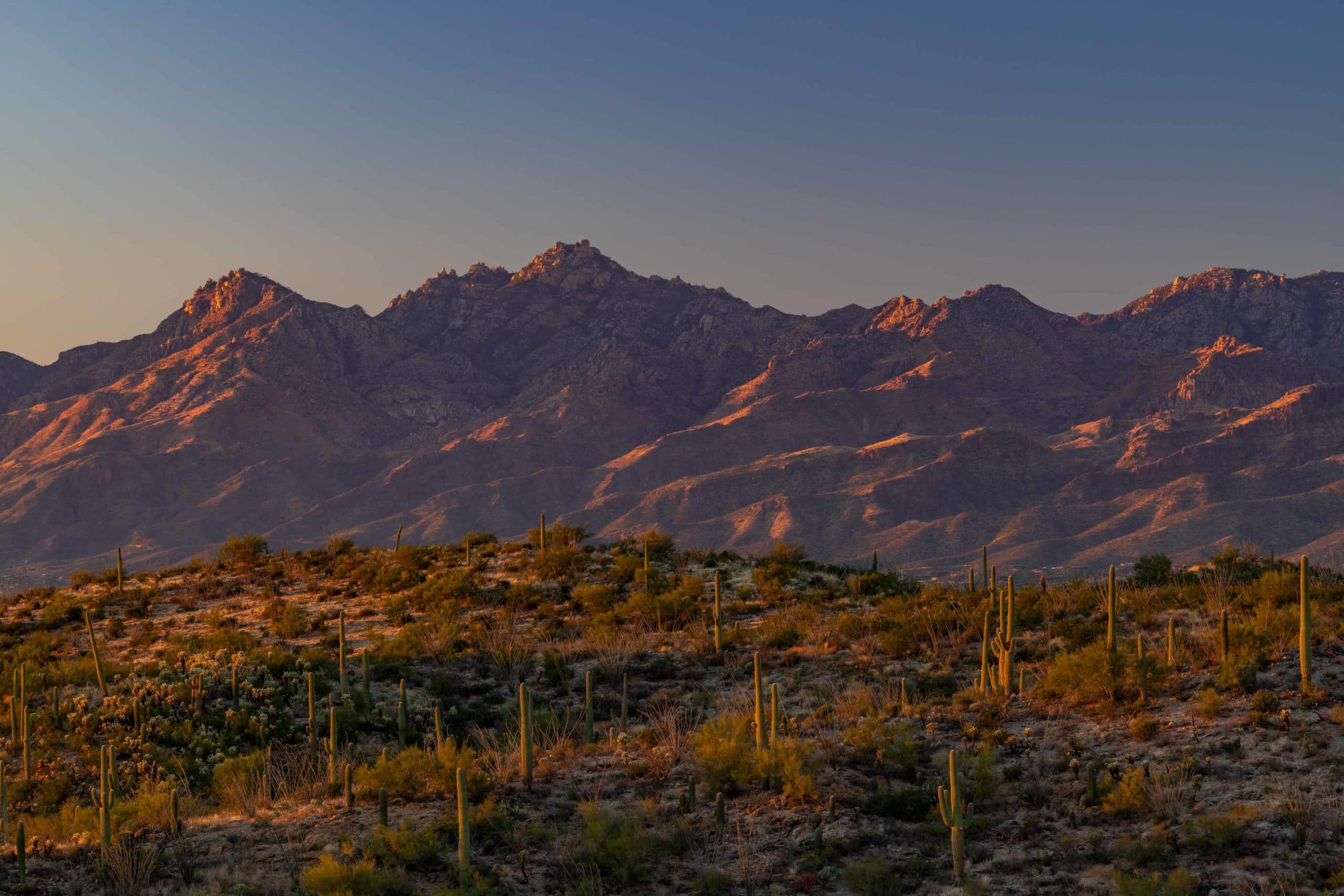
- Our Travels to Saguaro National Park
- About Saguaro National Park
- Things to Know Before You Visit
- Stats About Saguaro National Park
- Saguaro National Park Map
- Directions & Location
- History of Saguaro National Park
- Video
- Weather & Seasons / When to Visit
- Things to Do
- Camping
- Lodging at Saguaro
- Photos of Saguaro National Park
In this article I’ll be sharing the sites you need to visit, the most amazing overlooks, the best things to do in the park, where to stay, where to eat, seasons & weather, safety tips, and more helpful first-hand information.
Ready for the magic of the desert? Let’s get started!
Saguaro National Park Guide
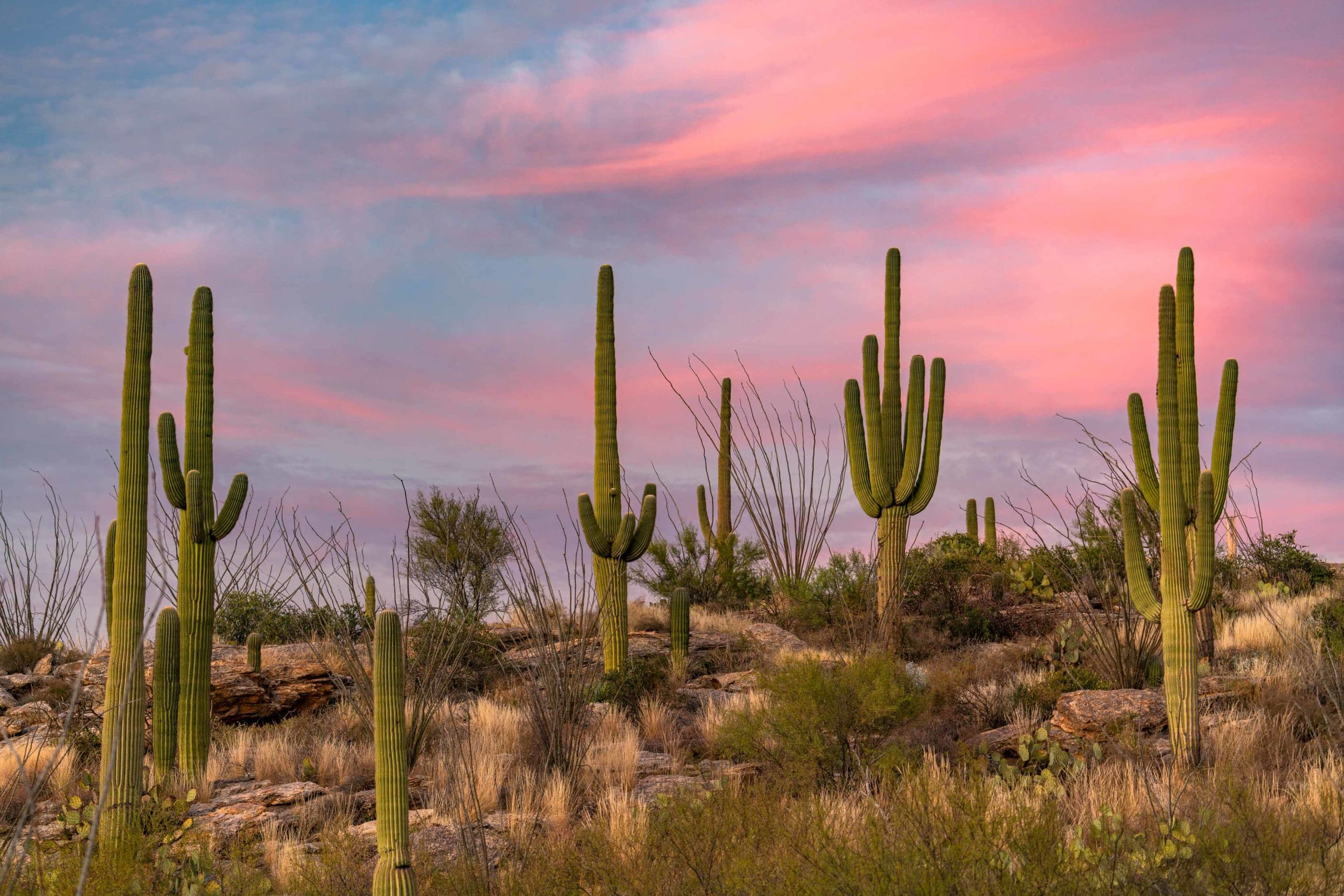
About Saguaro National Park
Encompassing over 91,000 acres, Saguaro National Park preserves some of the most majestic desert landscapes found anywhere in the world, and of course the iconic Saguaro Cactus.
This is a harsh land teeming with rugged beauty, resourceful animals, and spectacular sunsets. The park takes it’s name from the Saguaro Cactus, the icon of the American Southwest.
Things to Know Before You Visit Saguaro National Park
Entrance Fees: You can expect $30 per vehicle but if you plan on visiting more than one park this year we suggest you go ahead and purchase the America the Beautiful Pass (which can be found at the entrance gates to most national parks). This pass gets you into all National Parks, Forests, Monuments, and more including 2,000 sites for free after a one time $79 fee.
Sunscreen: For many of us visiting national parks means lots of sun. Seriously, some of these parks can zap you if you don’t wear sunscreen. We happen to like this one because it works AND it’s not full of a bunch of chemicals.
Leave No Trace: We’re big fans of Leave No Trace, here at MTJP. Want to learn more? Read about the seven principals of Leave No Trace here.
Insect Repellent: You hope not to need it, but you want to have it. We typically bring an Eco-Friendly Insect Repellent with us just in case.
Dogs are not allowed on trails in most national parks due to their potentially disruptive presence with the natural ecosystem. The basic rule is they are allowed where cars can go so be sure to check the rules before bringing along your furry friend.
Saguaro National Park Interesting Statistics
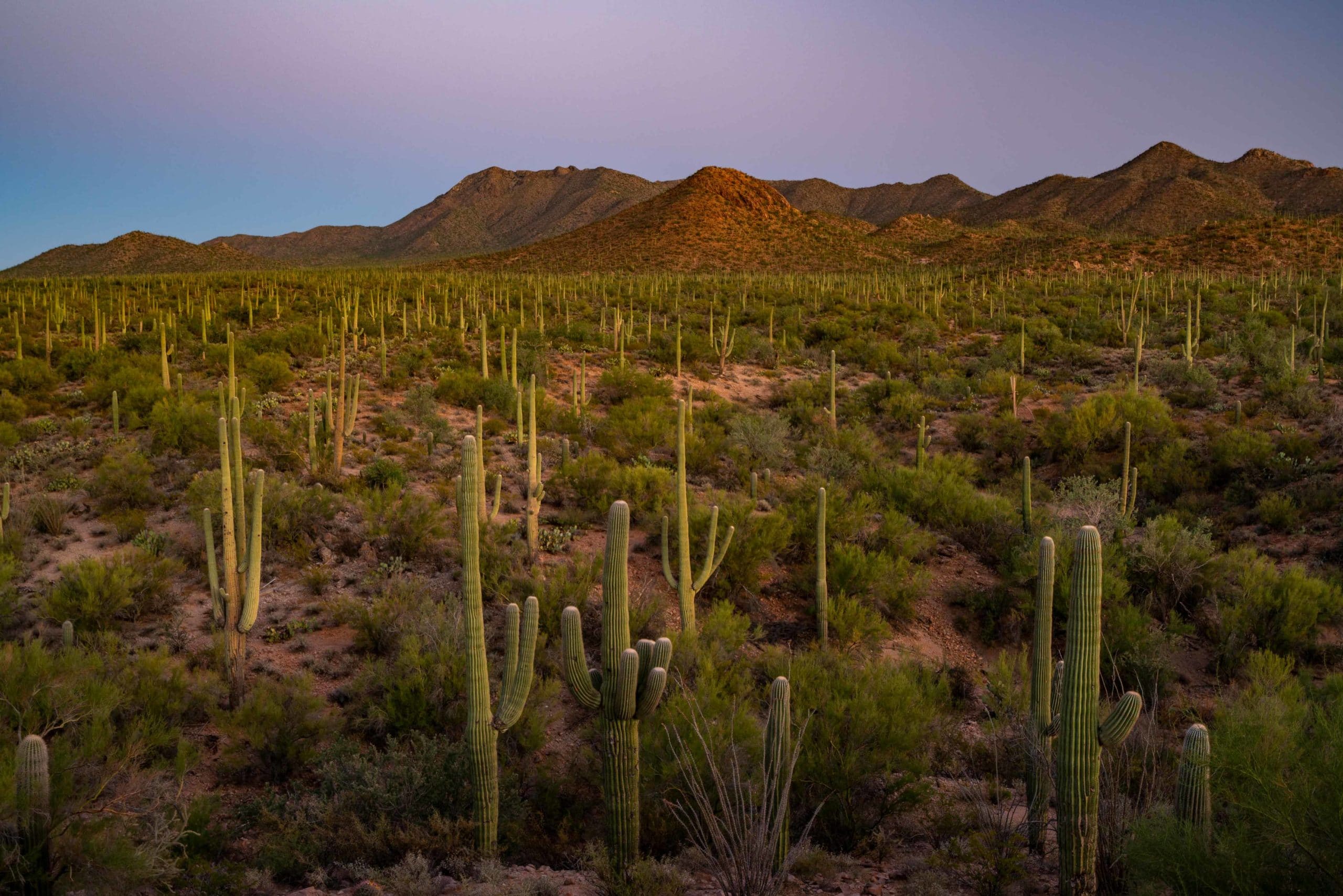
- Location: Tucson, Arizona
- Established: October 14, 1994
- Size: 91,716 acres
- Native Lands: Hohokam, O’odham, Apache
- Visitors: 957,405 (in 2018)
- Entrance Fees: $30 per vehicle; $70 annual pass (or $80 for America the Beautiful Pass)
Saguaro National Park Map
Saguaro National Park West

High Resolution Version: Download
Saguaro National Park East
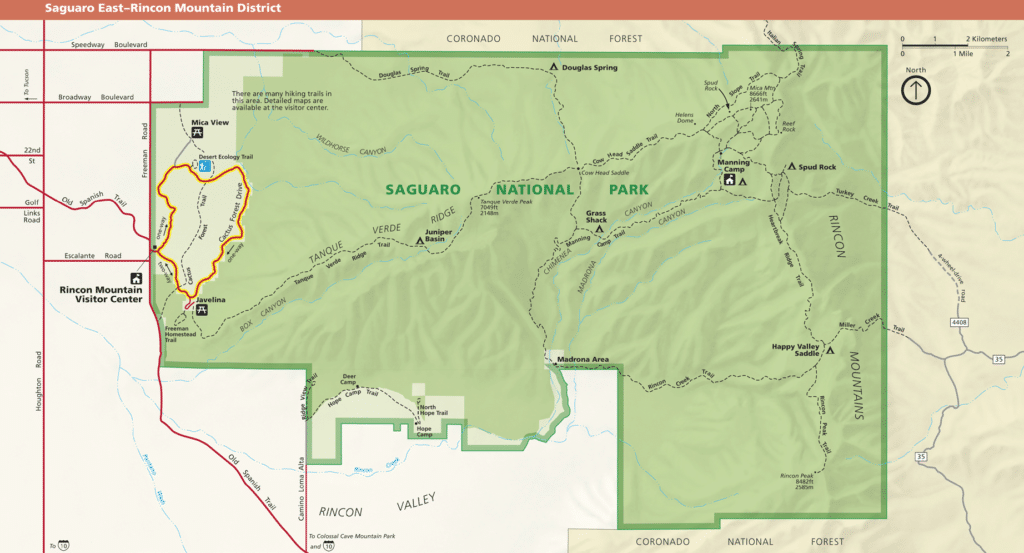
High Resolution Version: Download
Where is Saguaro National Park?
Saguaro National Park is located to the east and west of the city of Tucson, Arizona. The park is split into two districts – the Tucson Mountain District (Saguaro West), and the Rincon Mountain District (Saguaro East).
Drive Times Between Districts
The distance between the east and west districts is about 35 miles and takes about 50 minutes to drive depending on your route. The drive takes you through the major city of Tucson where you can find anything you could want in terms of food, lodging, and supplies.
- East to West District – 50 minutes
Getting To Saguaro National Park – Directions & Location
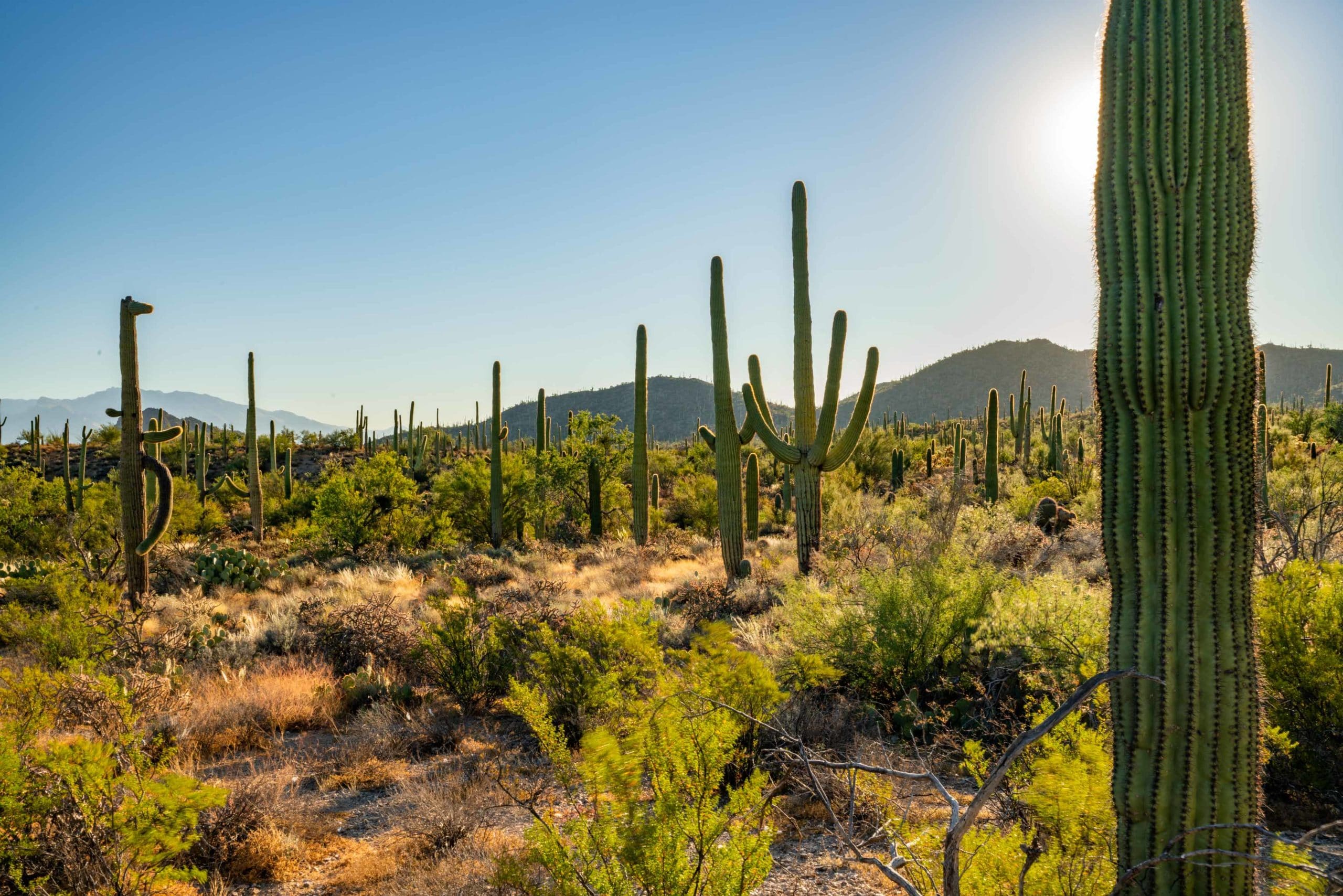
Thankfully, getting to Saguaro National Park is easy.
- Closest Airport: TUS – Tucson International Airport (25 minutes driving from the Eastern District)
- Cheapest Airport: PHX – Phoenix Sky Harbor International Airport (An hour and a half driving from the Western District)
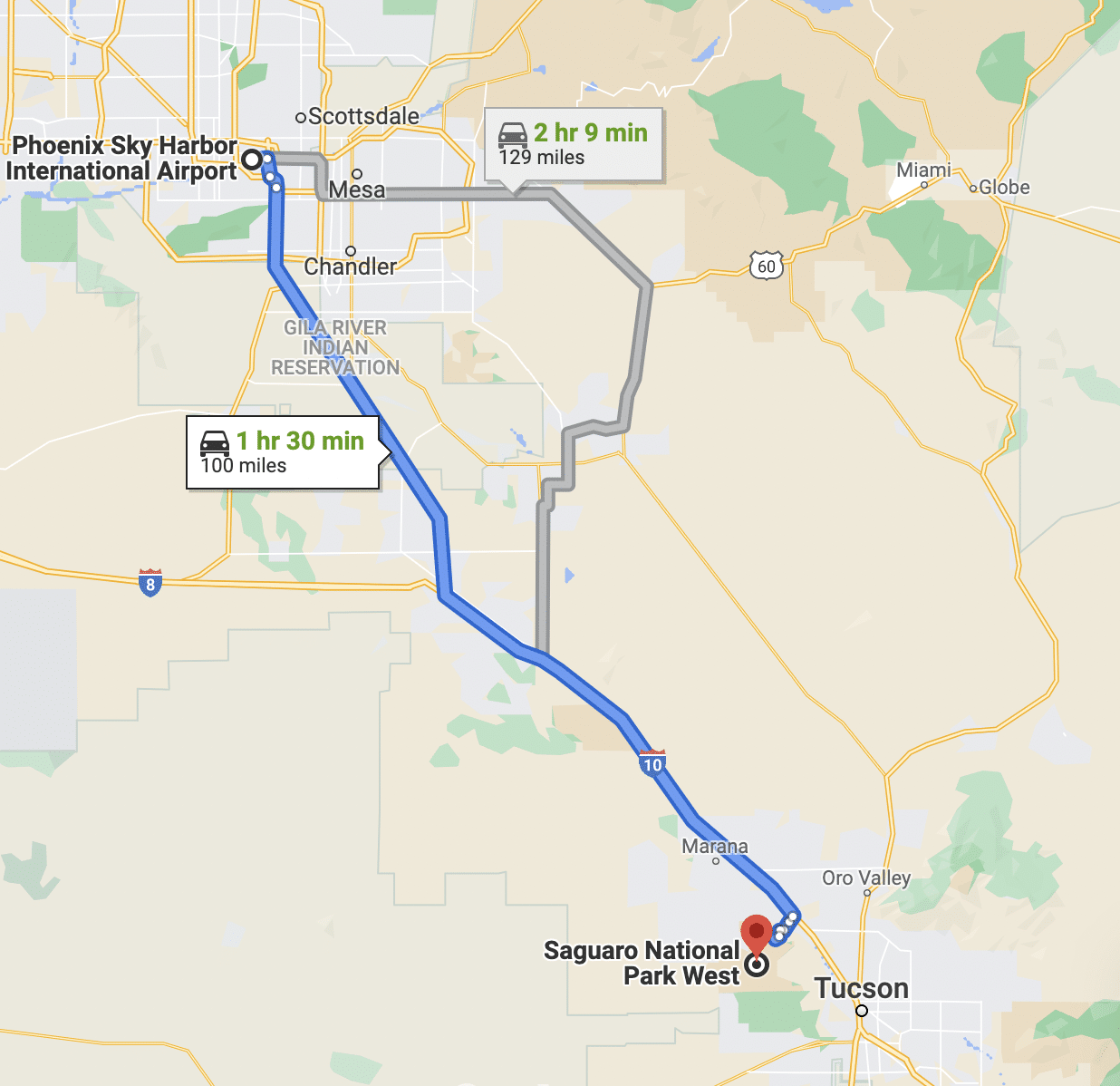
The fastest way to get to Saguaro National Park is by plane, flying into Tucson International Airport (TUS). The airport is a mere 25 minutes from the park and offers quick and convenient access.
Deciding where to fly in to visit Saguaro really all comes down to balancing the rental car and plane ticket costs. Sometimes you’ll get a great deal on flights and a rental car in Tucson, and sometimes it will make sense to fly into Phoenix because the rental car or flight is that much cheaper.

My recommendation is definitely flying into Tucson and renting a car from there because you’re basically in the park at that point. You could even bike from the airport if you wanted! The airport is serviced by every major domestic airline and flights are typically not expensive.
Depending on your access to a car and the distance you’re willing to drive maybe you’re up for a great American road trip (see our national park road trips post).
RELATED: The Ultimate National Parks Road Trip
Saguaro National Park History
According to the National Park Service evidence of human habitation of Saguaro National Park dates back to as early as 200 AD by the Hohokam people. This living proof, in the form of pottery shards and petroglyphs can still be found in the park today.
Evidence of Hohokam civilization is scattered throughout the American Southwest and the state of Arizona. Impressive ancient canals and irrigation projects, vast markets and communities, and webs of trading routes can still be found in the desert landscapes of Arizona.
Arrival of the Spanish
Eventually the Spanish arrived in 1500’s with visions of gold and empire, but no real disruption of the area occurred until the 1700’s when missions were built around Tucson and eventually the Spanish constructed Presidio San Agustín del Tucsón, a military fort in the heart of Tucson.
After Mexico gained independence from Spain in 1821 the area comprising what is today Saguaro National Park became part of the vast Mexican state of Sonora. Of course some in the United States soon had other ideas.
The Mexican-American War
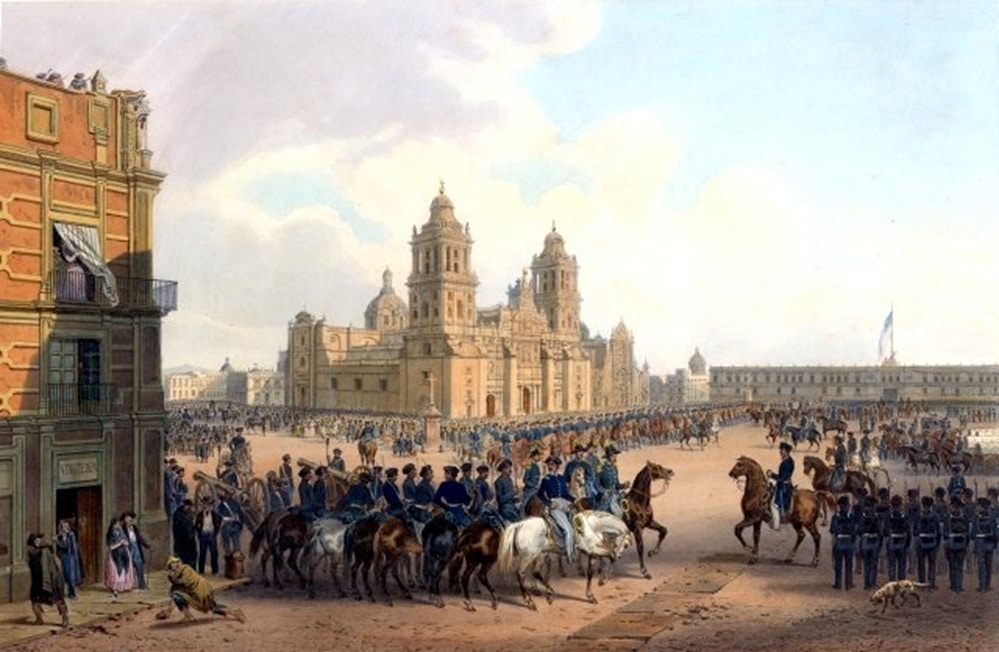
Though the territory comprising Tucson and Saguaro National Park was legally purchased by the United States from Mexico in the 1854 Gadsden Purchase, things aren’t so rosy upon closer examination.
I do not think there was ever a more wicked war than that waged by the United States on Mexico. I thought so at the time, when I was a youngster, only I had not moral courage enough to resign.
– Ulysses S. Grant
While I won’t delve into a complete history of the Mexican-American War, it’s important to note that the war was driven by American expansionist sentiment, the idea of manifest destiny, and the further expansion of slavery by southern proponents. I’ll allow General Grant to explain further:
"Texas was originally a state belonging to the republic of Mexico... An empire in territory, it had but a very sparse population, until settled by Americans who had received authority from Mexico to colonize. These colonists paid very little attention to the supreme government, and introduced slavery into the state almost from the start, though the constitution of Mexico did not, nor does it now, sanction that institution.
Soon they set up an independent government of their own, and war existed, between Texas and Mexico, in name from that time until 1836, when active hostilities very nearly ceased upon the capture of Santa Anna, the Mexican President.
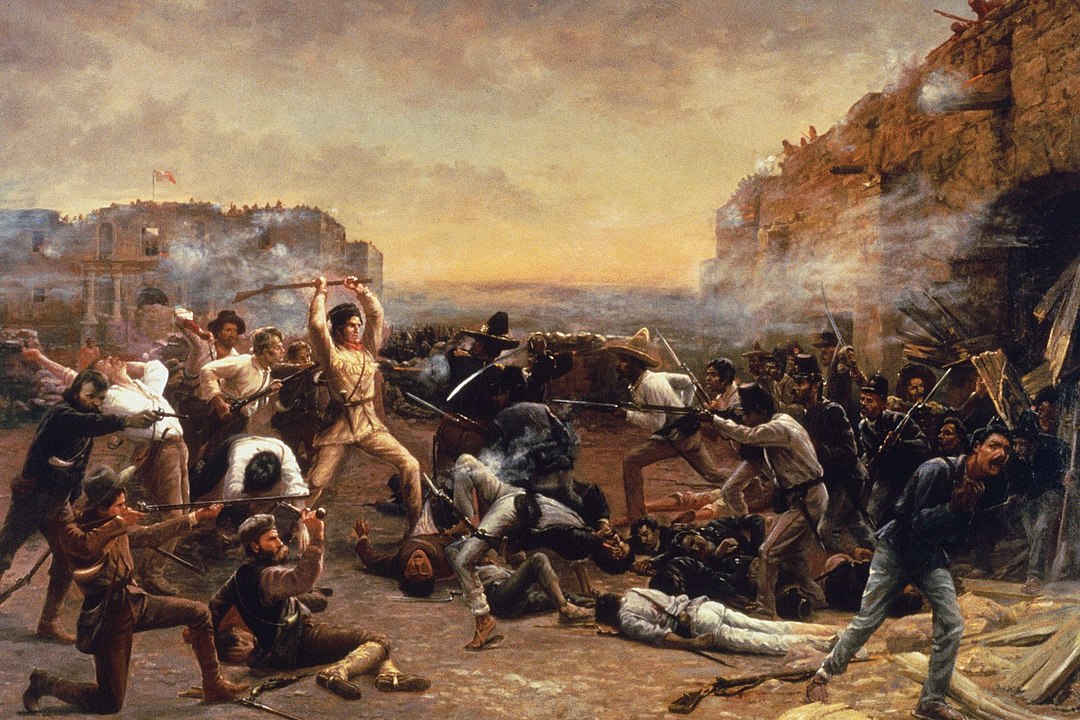
Before long, however, the same people -- who with permission of Mexico had colonized Texas, and afterwards set up slavery there, and then seceded as soon as they felt strong enough to do so -- offered themselves and the State to the United States, and in 1845 their offer was accepted. The occupation, separation and annexation were, from the inception of the movement to its final consummation, a conspiracy to acquire territory out of which slave states might be formed for the American Union...
In taking military possession of Texas after annexation, the army of occupation, under General Zachary Taylor, was directed to occupy the disputed territory; The army did not stop at the Nueces River and offer to negotiate for a settlement of the boundary question, but went beyond, apparently in order to force Mexico to initiate war."
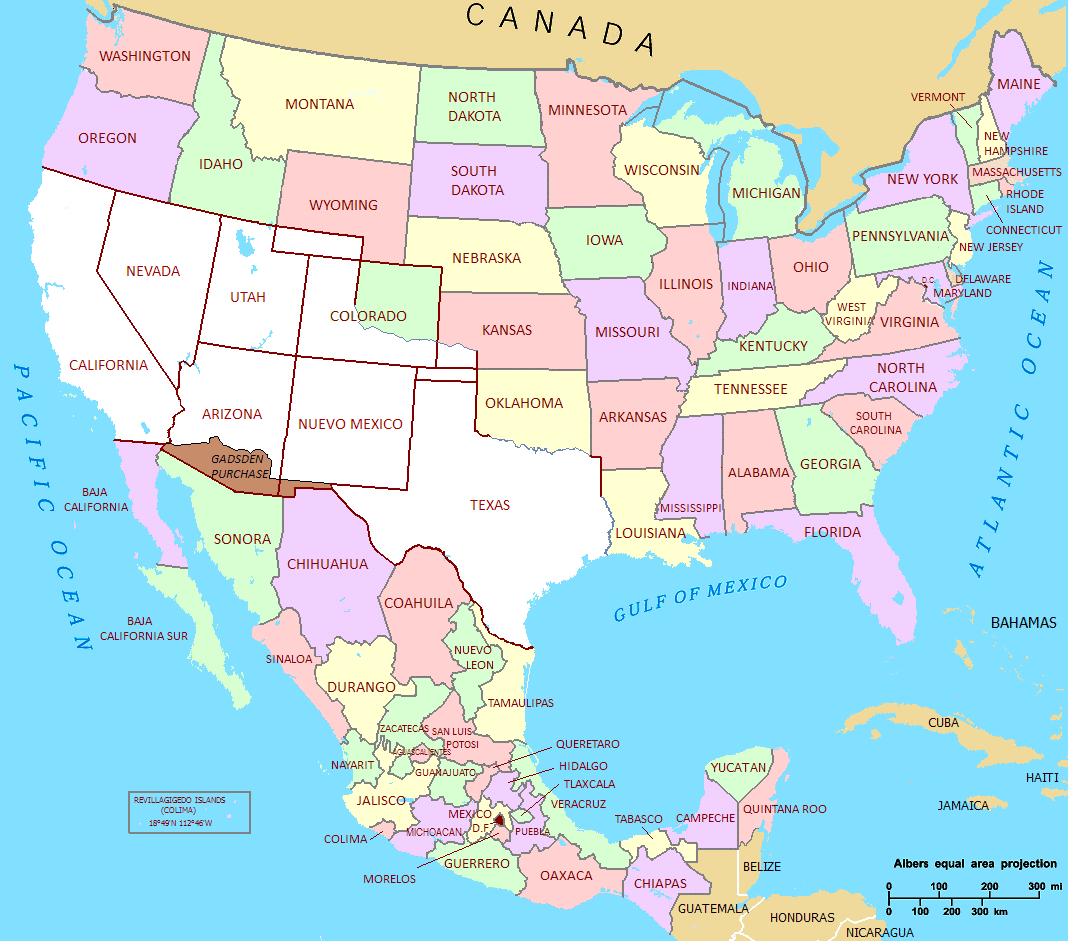
The result of the Mexican-American War, initially fought over Texas, was a devastating defeat for Mexico. After U.S. forces invaded and occupied Mexico City the treaty of Guadalupe Hidalgo was signed and Mexico was forced to hand over more than half of its territory including the modern day states of California, Nevada, Utah, Arizona, New Mexico, and parts of Colorado, Wyoming, Kansas, and Oklahoma.
I am always ashamed of my country when I think of that invasion.
– Ulysses S. Grant
The Gadsden Purchase
As a result of the war, Mexico found itself politically unstable and in desperate need of money. The United States government under President Millard Fillmore and then Franklin Pierce aggressively pursued the acquisition of more Mexican territory and the settlement of any outstanding Mexican territorial claims in the United States favor.
The United States had a particular interest in an area known as the Mesilla Valley after many southern business interests had promulgated it as a potential route for a southern trans-continental railroad. These southern business interests found a receptive ear in the Pierce administration.

President Pierce appointed railroad executive and outspoken pro-slavery advocate James Gadsden as Ambassador to Mexico. Gadsden had earlier supported nullification and would later call for his home state of South Carolina to secede from the Union after California was admitted to the Union as a free state in 1850.
Gadsden’s mission was simple, negotiate with Mexico to acquire additional territory. Once it was understood that the Mexican government had a price Gadsden began offering cash sums for vast swaths of Mexican territory, however, his rude demeanor rubbed Mexican President Antonio López de Santa Anna the wrong way.
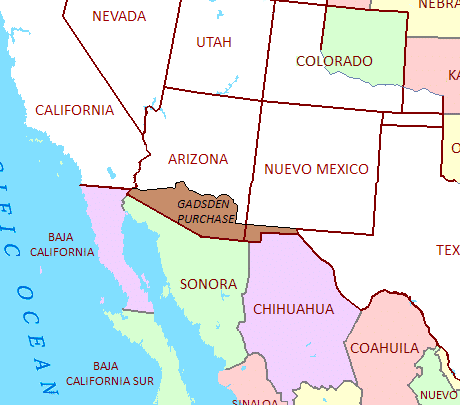
Eventually Santa Anna agreed to a deal for the smallest amount of land in what would become known as the Gadsden Purchase. The United States acquired nearly 30,000 square miles of land from Mexico for a sum of $10 million ($345 million in 2019).
It’s believed that Santa Anna, fully understanding U.S. military superiority, felt it was better for Mexico to be paid to lose it’s land rather than have it taken by force as was the case with Texas and the Mexican-American War.
Part of the United States
The area comprising Saguaro National Park and Tucson became part of the Territory of New Mexico after the Gadsden Purchase. The U.S. built forts in the area to protect settlers as they began further displacing local Native Americans.
Then in 1861, at the outset of the Civil War, Lt. Colonel John Baylor and his Texas cavalry invaded the southern New Mexican Territory including Tucson and claimed it as the Confederate Arizona Territory. Tucson became the new capital of the confederacy’s farthest west outpost.
Not much more than a year later the territory was swiftly recaptured by the Union and in 1863 became part of the newly created Arizona Territory. Finally in 1912 Arizona became the last state in the contiguous U.S. to be admitted as a state.
Preservation Efforts
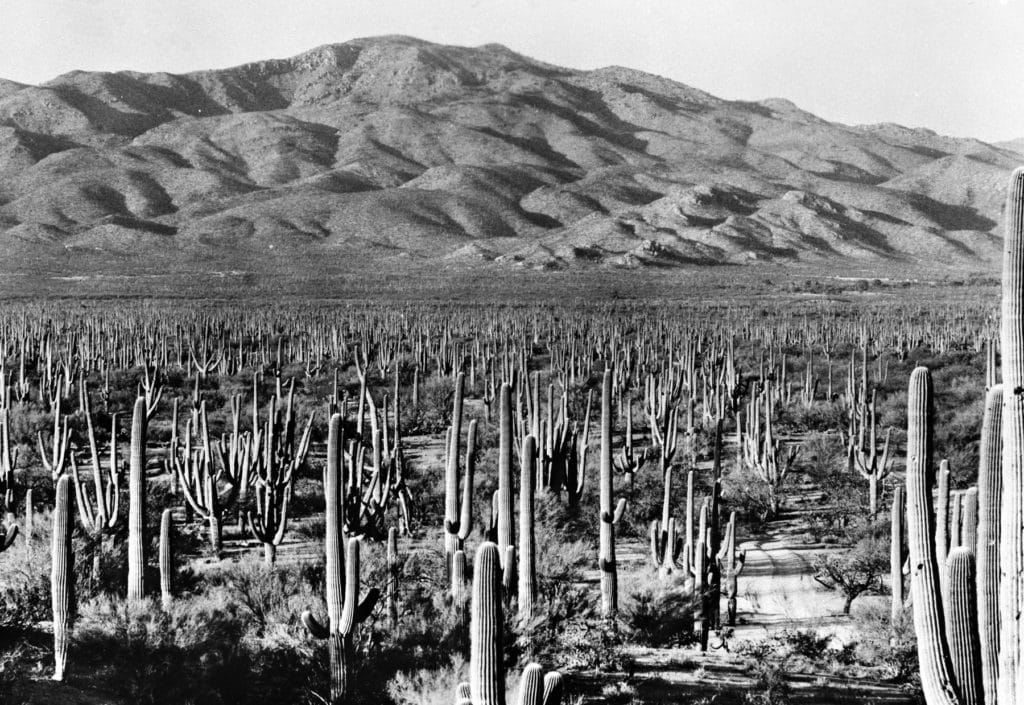
Mining and ranching were the primary pursuits in the area comprising the park from the late 1800’s into the early 1900’s. Copper and gold were among those metals extracted from the Tuscon and Rincon Mountains during this time.
In the 1920’s members of the University of Arizona’s Natural History Society became interested in establishing a preserve to protect the area’s famed saguaros. Finally in 1933 Frank Harris Hitchcock, a local newspaperman and former United States Postmaster General who was influential in the republican party convinced President Herbert Hoover to establish Saguaro National Monument.
President Franklin Roosevelt later transferred management of the monument to the National Park Service and engaged the CCC in building roads, picnic areas, and infrastructure throughout the park – most of which remain there today.
In 1961 Secretary of the Interior Stewart Udall convinced President John F. Kennedy to expand the monument by an additional 16,000 acres which formed the new western district of the monument.
After a few more expansions in 1976 and 1994 Congress finally elevated Saguaro National Monument to full national park status in 1994.
Watch the Saguaro National Park Video
SAGUARO is the culmination of weeks spent filming in one of the most spectacular and unique deserts in the world. Encompassing over 90,000 acres, Encompassing over 91,000 acres, Saguaro National Park preserves some of the most majestic desert landscapes found anywhere in the world, and of course the iconic saguaro cactus.
Journey with More Than Just Parks as we explore a harsh land marked by rugged beauty, resourceful animals, and spectacular sunsets. This is Saguaro. Filmed primarily in UHD 8K.
To make this film happen we spent weeks in Saguaro National Park during November capturing the park in a great time to visit with fewer visitors and pleasant weather.
RELATED: 14 BREATHTAKING National Park Videos to Inspire Your Next Trip
Saguaro Weather & Seasons
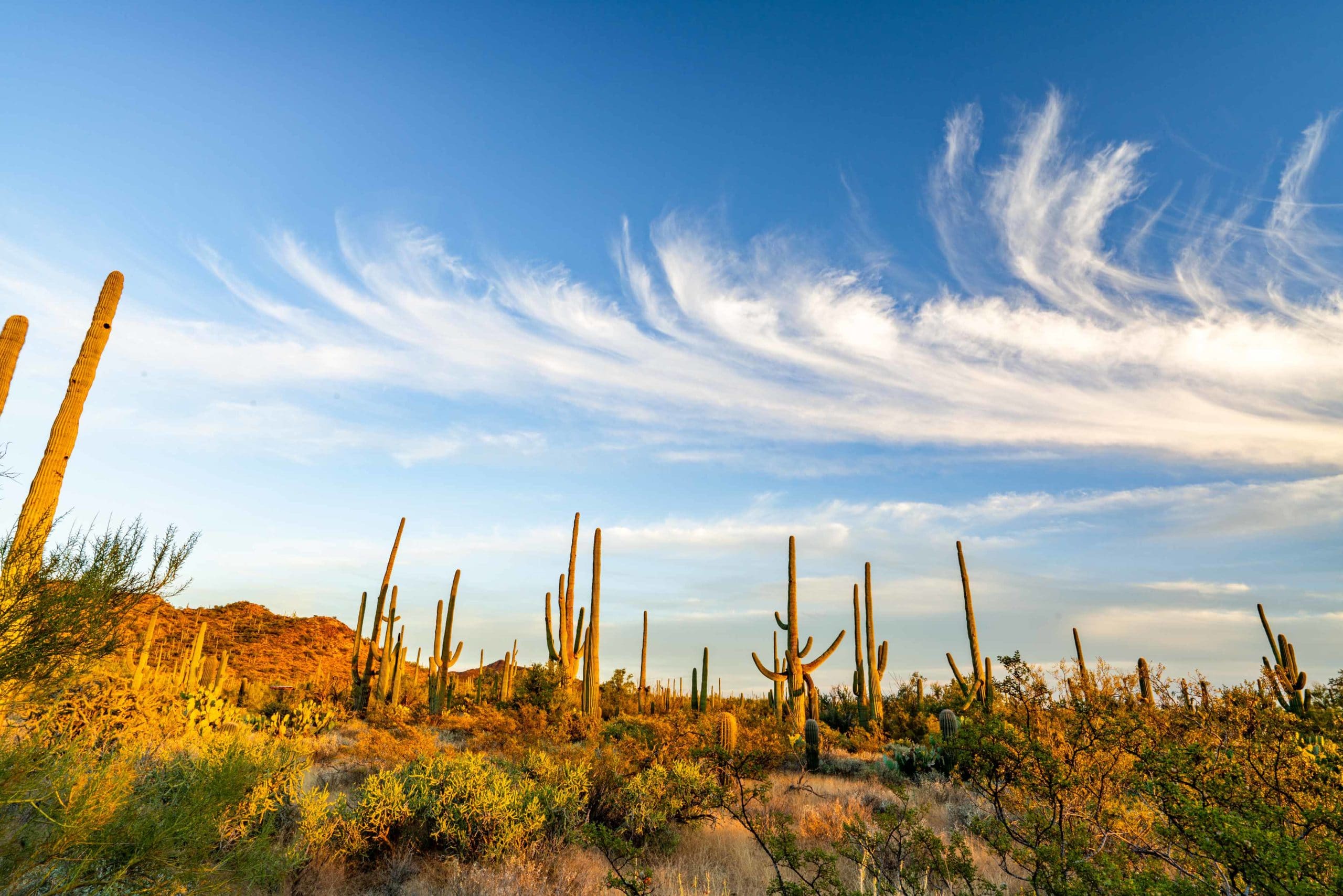
Weather in Saguaro National Park all depends on when you visit. Keep scrolling to learn more.
Best Time to Visit Saguaro National Park
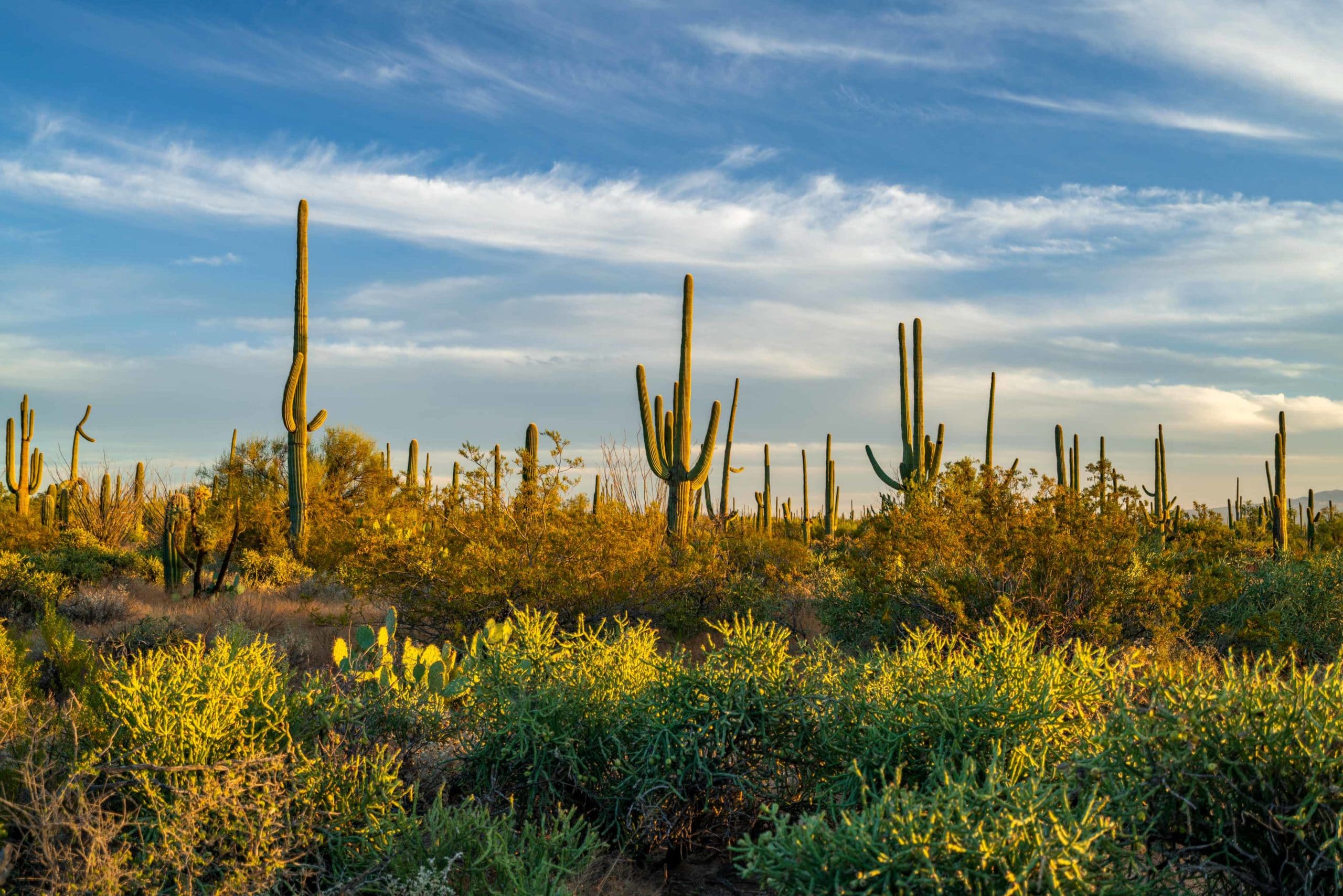
The best time to visit Saguaro National Park is in the winter (December – February). Visitation during this time of year is low, temperatures are mild and pleasant with a few cold snaps possible here and there.
Spring in Saguaro NP
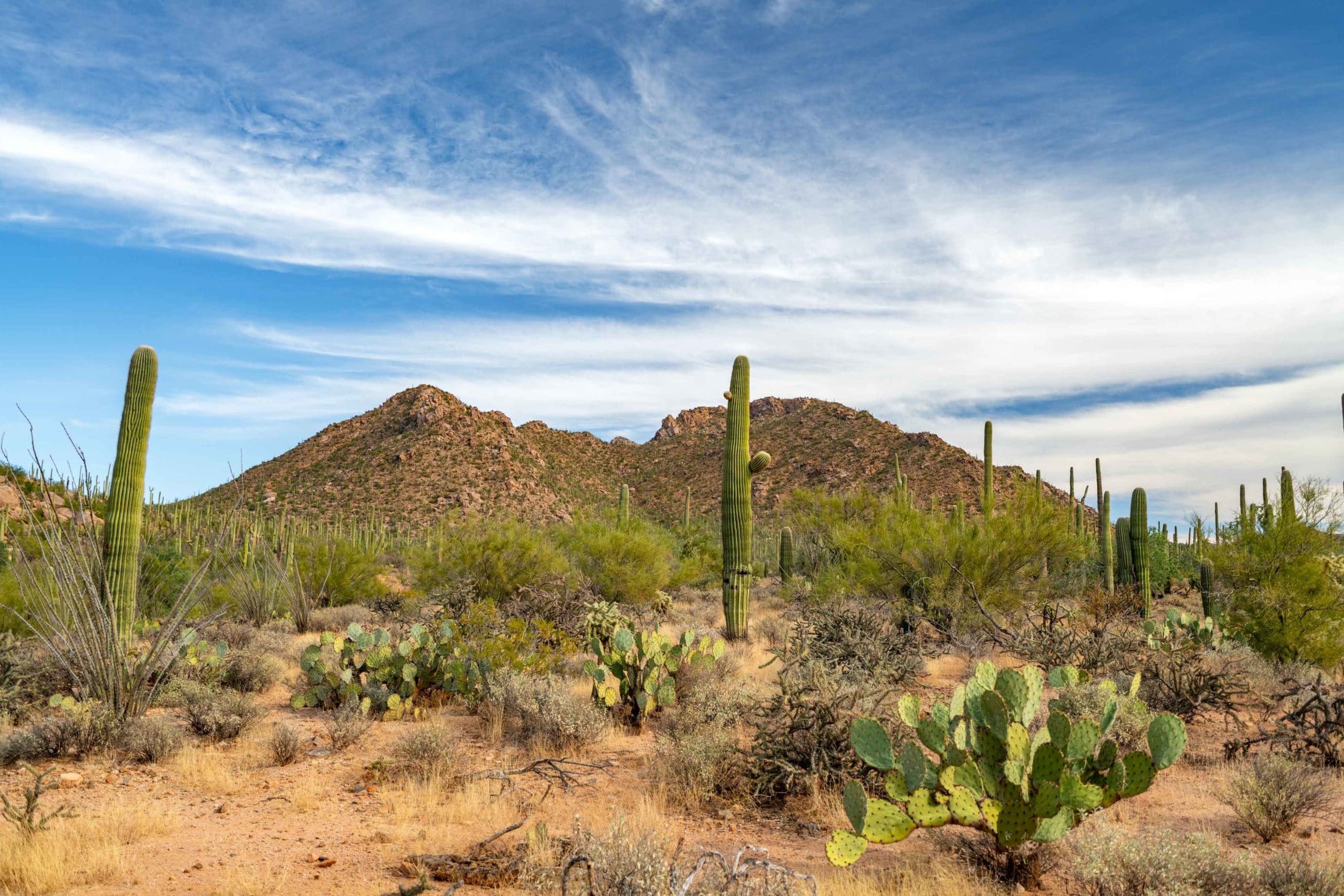
Spring can be a great time to visit Saguaro National Park as crowds are still relatively small (outside of spring break) and temperatures, though very hot, aren’t at their summer peaks. I recommend early spring for the best experience as any later and the park will be reaching triple digits by noon each day.
Summer in Saguaro NP
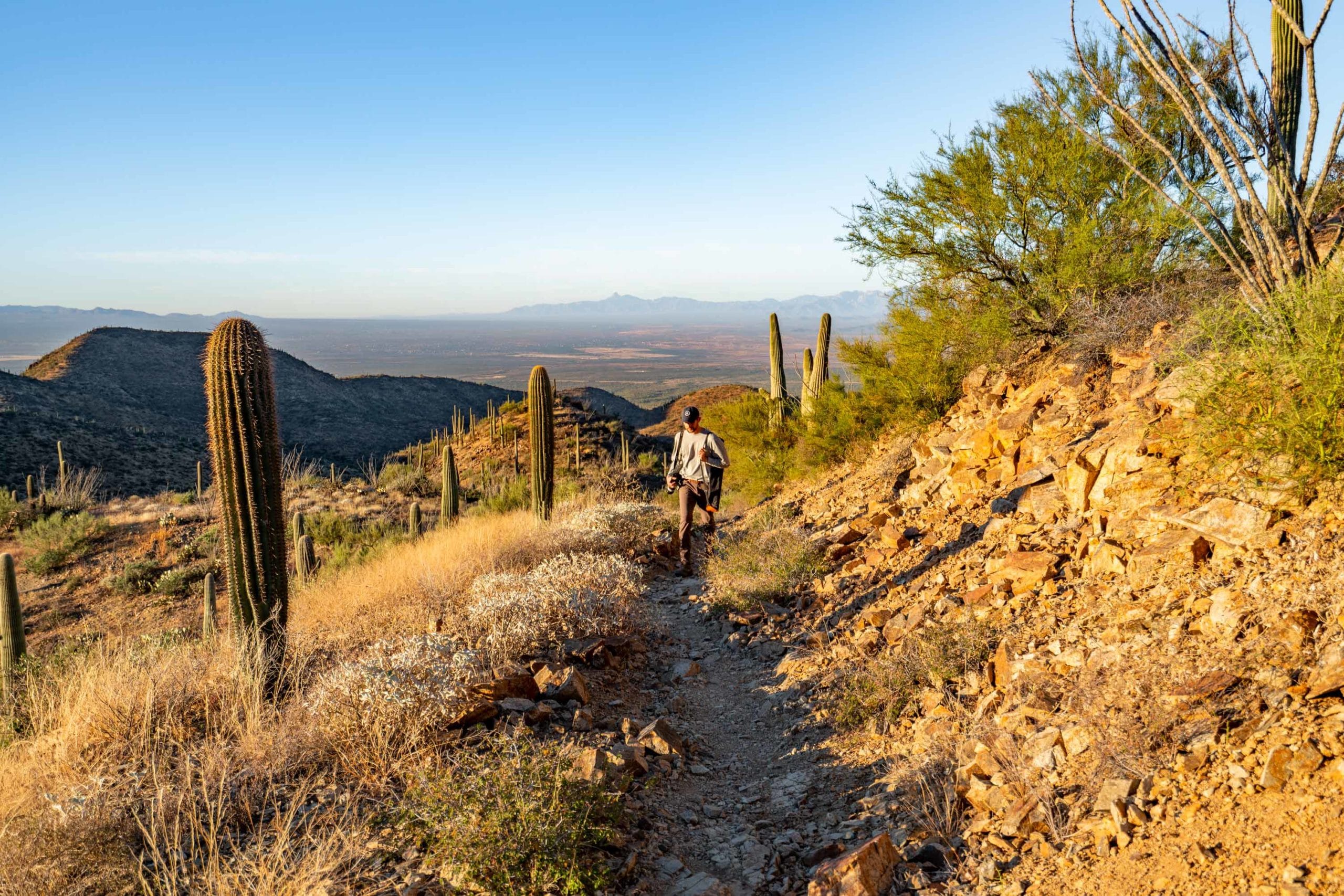
Summer in Saguaro National Park is hot, and I mean HOT. Daytime temperatures are always in the triple digits and can reach in excess of 115 degrees.
Hiking in these temperatures is a very bad idea and is downright dangerous. If you plan on visiting in the summer remember to bring lots of water and avoid any strenuous activity after the early morning.
Fall in Saguaro National Park
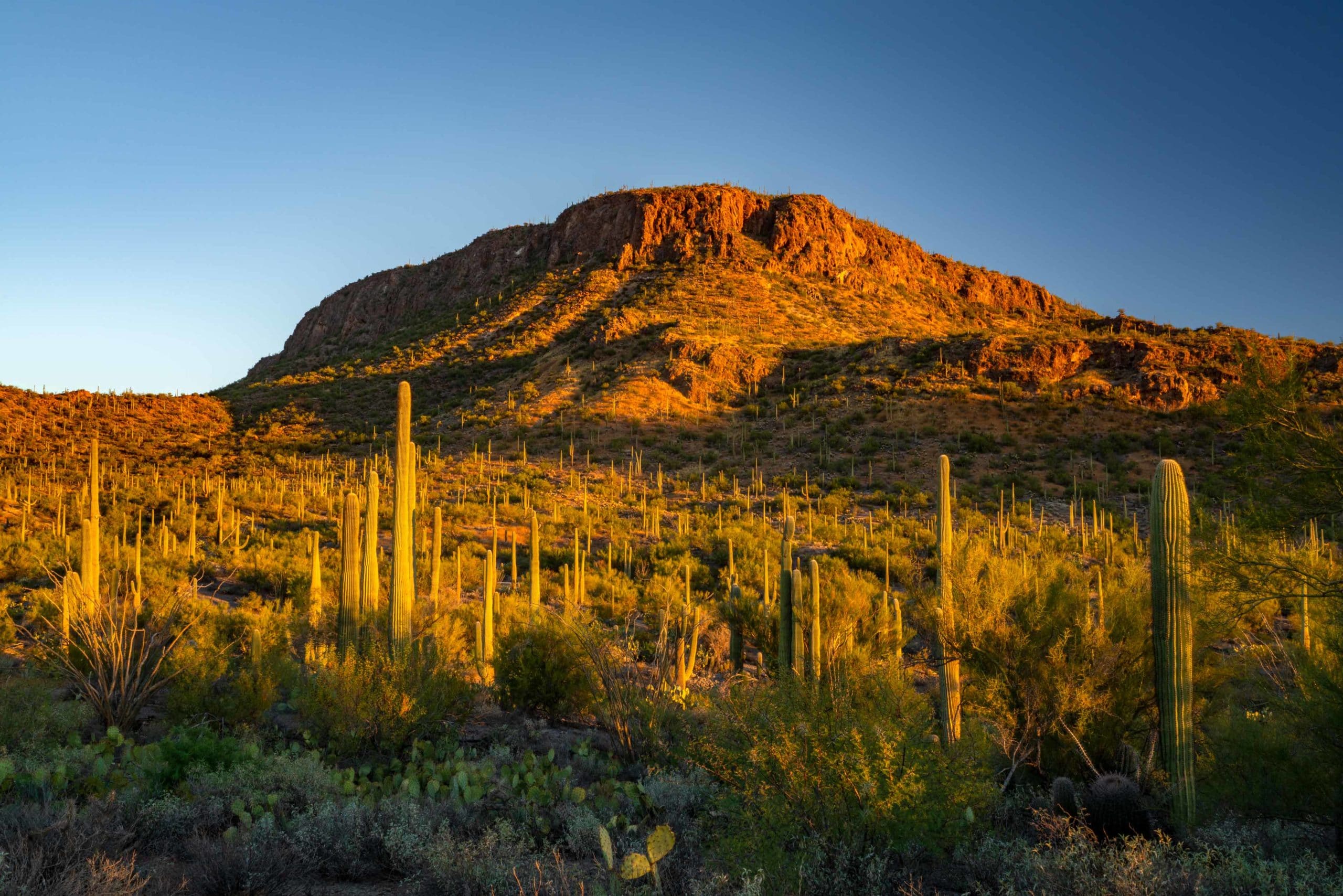
Fall in Saguaro is frankly still hot. However, the late fall can be quite pleasant as most tourists are gone and, apart from the midday heat, temperatures are quite nice.
RELATED: 10+ Must See National Parks This Fall (A Stunning Guide)
Winter in Saguaro
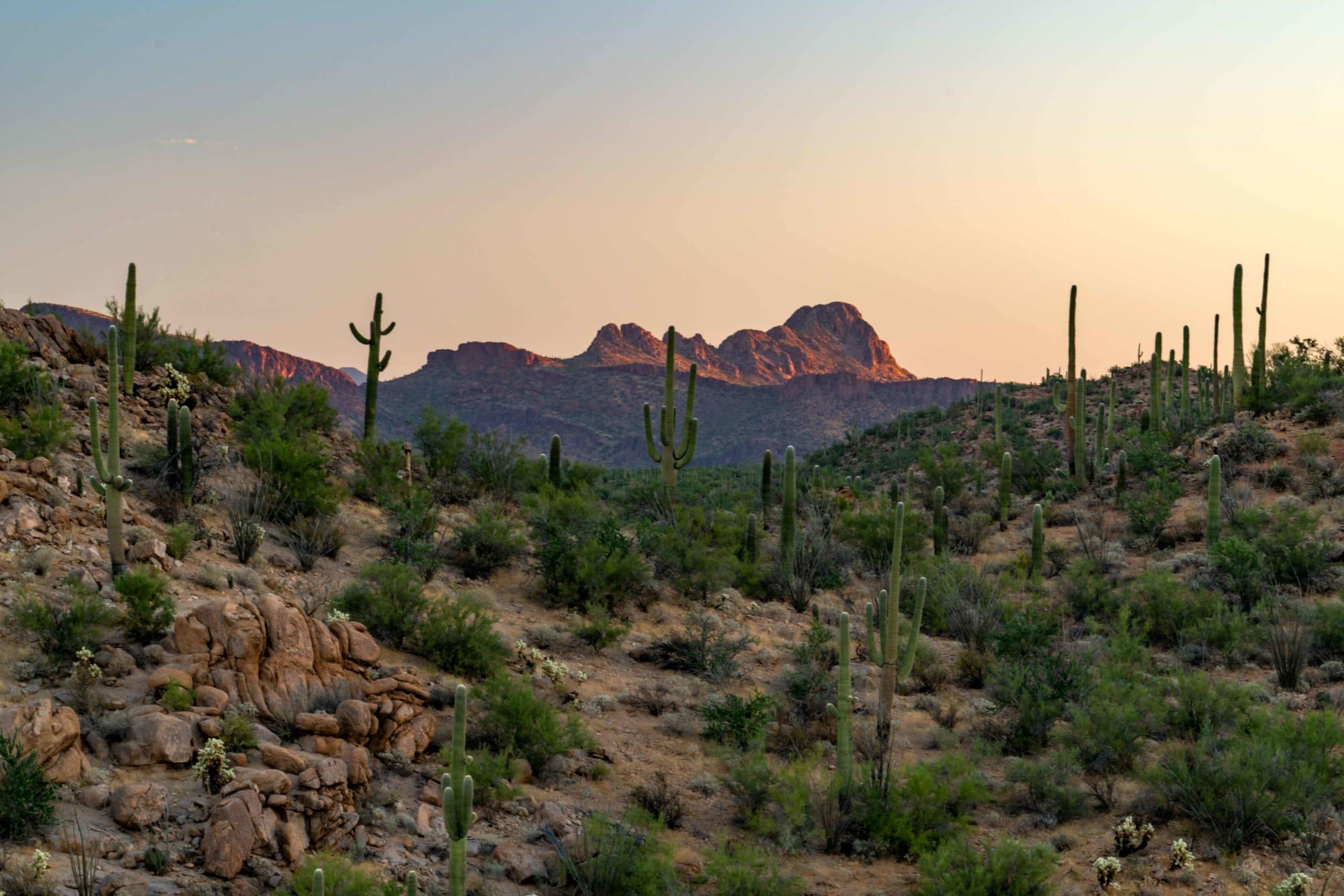
Winter is the best time to visit Saguaro National Park. Temperatures are mild and pleasant and crowding is not a problem. Saguaro is a great national park to escape to if you live in a cold area are are looking to warm up and do some exploring.
Things to Do in Saguaro National Park
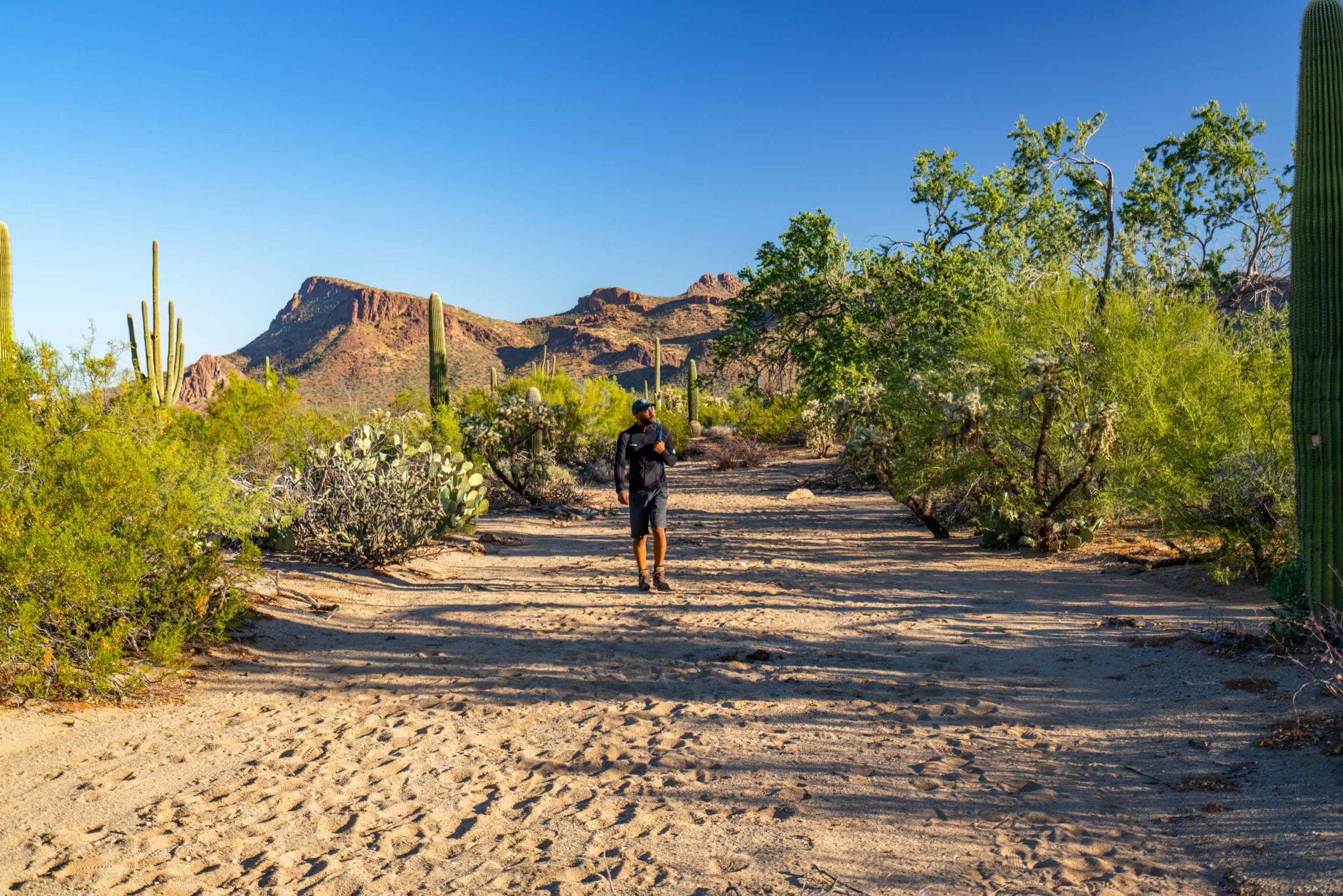
1. Hiking
Obviously hiking is #1 on here. Saguaro is a fantastic place to wander dry washes and winding trails, smelling the sweet scented air and stopping to admire cacti and scurrying wildlife.
Saguaro provides opportunities to peer into the past on any given trail, whether it’s an abandoned gold mine, a CCC shelter, or ancient petroglyphs scrawled into large rocks.
Don’t forget about the mountains either. Hiking trails into the Rincon Mountains take visitors deep into the wilderness where the rugged desert landscape transforms into an alpine forest teeming with woodland animals and tall trees.
CAUTION: Saguaro National Park and the surrounding area has had problems with Africanized Honey Bees. These bees are to be avoided at all costs as they are very aggressive and can swarm, sting, and even kill a person. The park has put up signs in areas where aggressive bee activity has been observed – heed them.
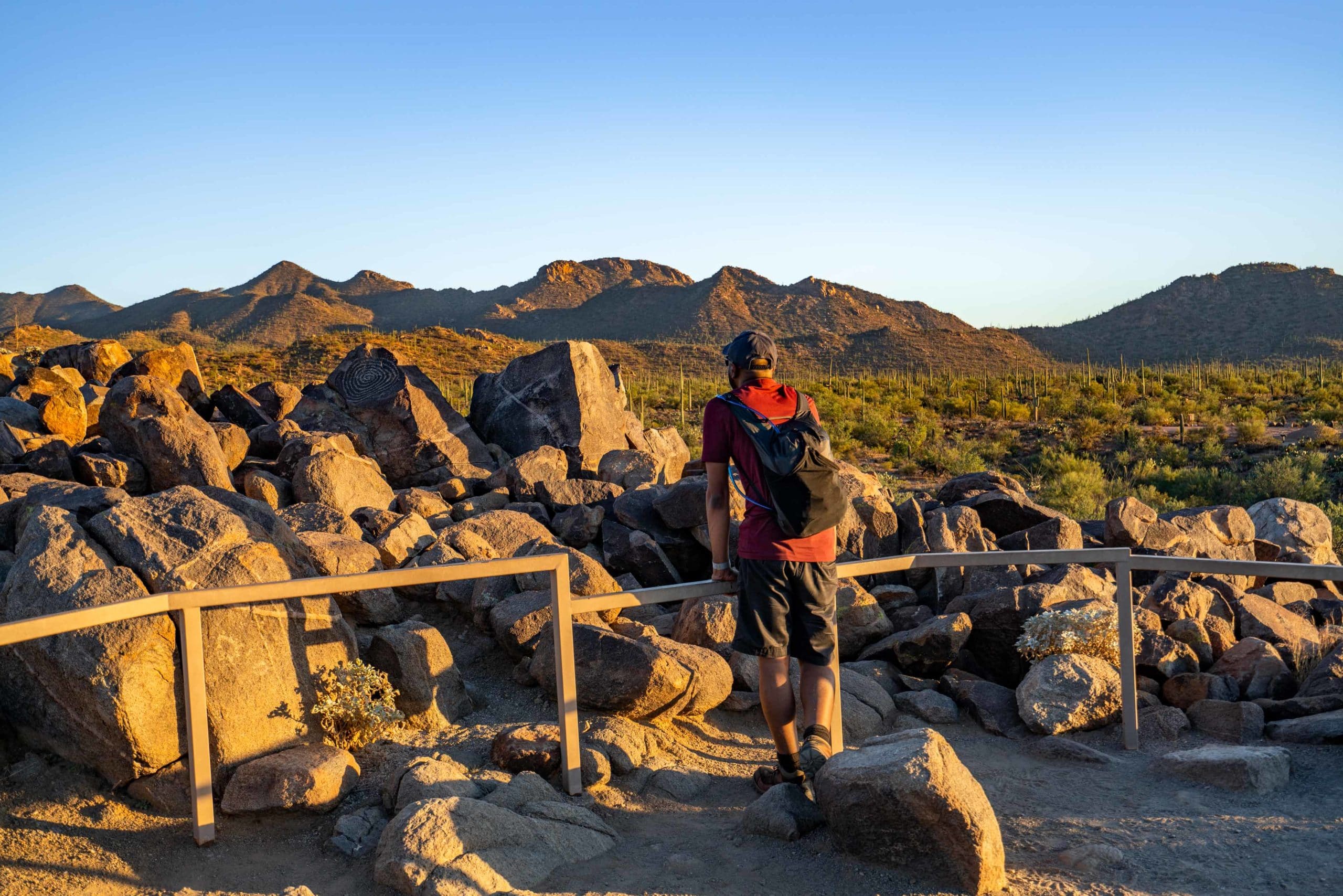
2. Peer Into The Past
Saguaro provides the adventurous with opportunities to peer into the past, whether it’s an abandoned gold mine, a CCC shelter, or ancient petroglyphs scrawled into large rocks.
The park has a long history of human habitation that has been well documented by what those who came before left behind. Whether it’s abandoned mining equipment, remnants of cattle ranching, old frontier cabins, or fascinating petroglyphs, there’s something fascinating on almost every trail.
CAUTION: The Signal Hill area as well as many other areas of the park are home to rattlesnakes. If you hear a rattling sound it’s time to quickly look around and back away from the area the sound is coming from.
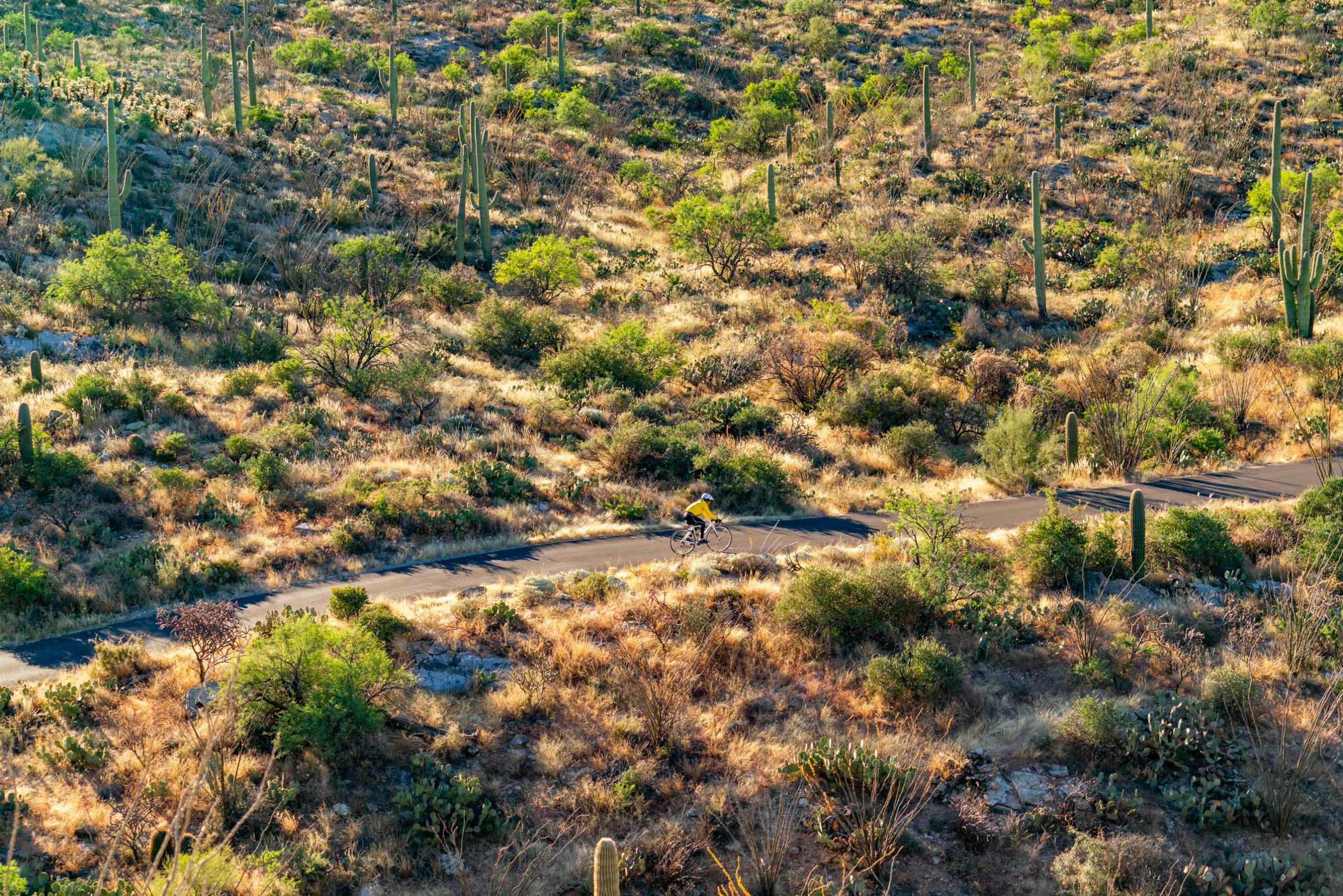
3. Biking
A lot of national parks aren’t incredibly bike-friendly, due to car traffic or restrictions, but that’s not so in Saguaro. While there isn’t any biking allowed on trails, the roads of the park wind through dazzling desert scenery and are perfect for biking.
Saguaro National Park East features a one-way loop road that is ideal for biking. Early morning provides the best views and you’ll practically have the park to yourself!

4. Desert Ecology Trail
This beautiful 1/4 mile paved loop trail takes visitors through a perfect subsection of the Sonoran Desert. Here visitors of all abilities have the opportunity to a close up look at what makes this part of the world so special.
Along the trail you’ll find a multitude of species of labeled desert plants along with interpretive signs full of fascinating information about how life works in this one-of-a-kind desert wonderland.
Along the trail are a number of shelters with benches, perfect for stopping and taking in the views or resting from the desert heat.
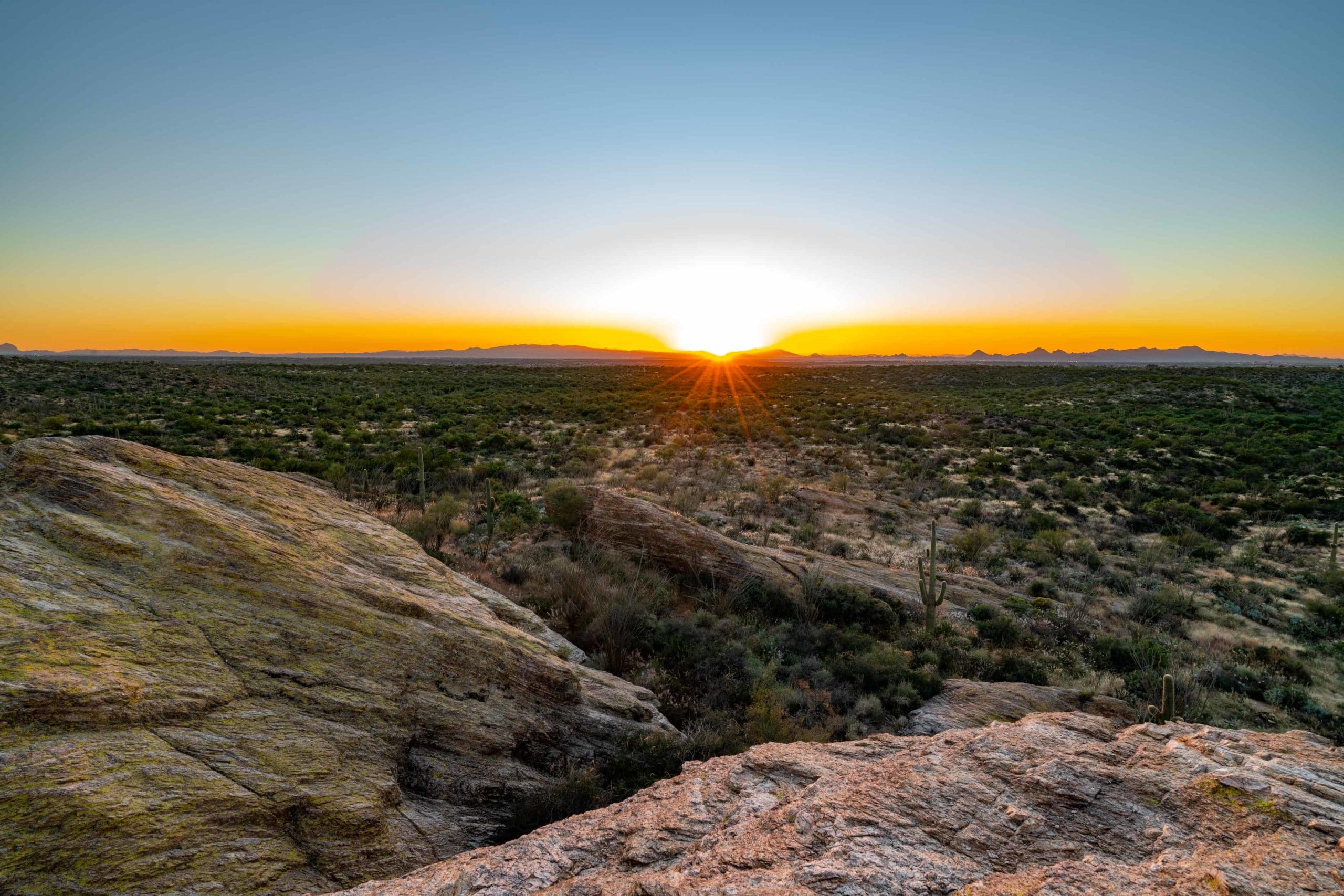
5. Javelina Rocks
As you drive the road in the eastern district of Saguaro National Park you’ll eventually come upon an area where giant slanted rocks jut out of the ground seemingly out of nowhere. This is Javelina Rocks.
You can guess how the rocks get their names. Yes, Javelinas are commonly spotted in the area – though, full disclosure, I have never seen a Javelina in my six trips to Saguaro National Park over the years.
The best part about Javelina Rocks is the views they provide for those adventurous enough to climb up them. Sunset here is the best spot in the eastern portion of the park.
RELATED: 11 INCREDIBLE Things To Do Saguaro National Park
Camping in Saguaro National Park
There is no drive-up camping in Saguaro National Park. However the park does offer a range of excellent backcountry camping options for those interested in some serious hiking.

Backcountry Camping
I’ll start by saying if you’re not prepared to lug a heavy duty backpack with all of your camping gear and water at least 5 miles and up to 10 then keep scrolling to view Tucson’s numerous excellent lodging opportunities.
Now then, Saguaro has six backcountry campgrounds, each with only three campsites, except for Manning Camp, which has six. If you’re planning a trip to any of these campgrounds it’s imperative that you call ahead and let the park know your intentions and see what’s feasible.
Each of the backcountry campgrounds involves steep elevation gains, but rewards visitors with spectacular views and much cooler weather. Many of the campsites are located in alpine forests that can see feet of snow in the winter!
Backcountry camping reservations can be made at Reservation.gov here.
Saguaro Hotels & Lodging
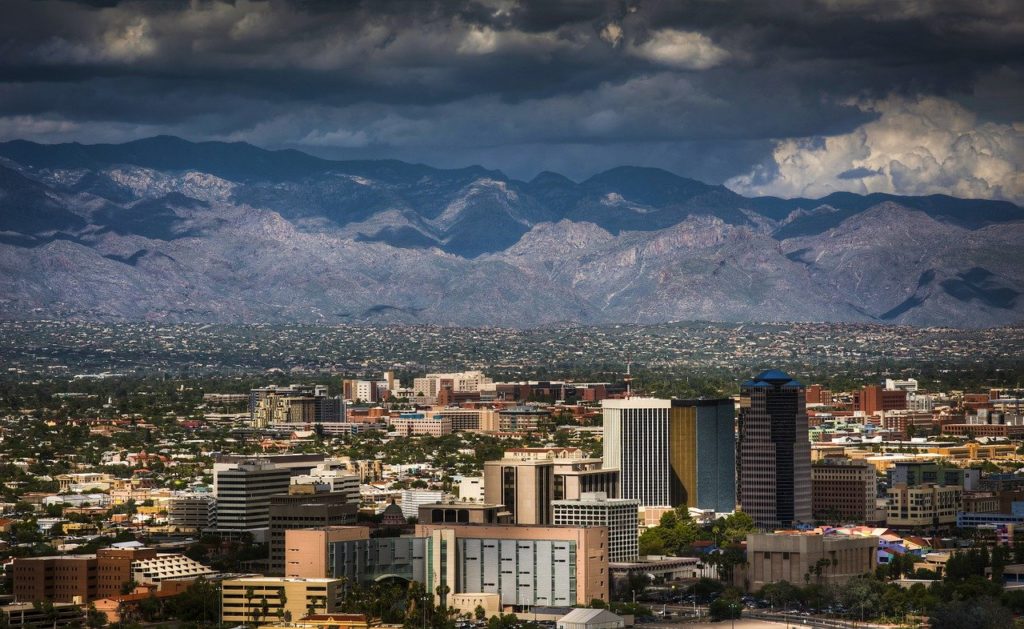
Of all the National Parks I’ve been to, Saguaro National Park has by far the most lodging and hotel options – and that of course is thanks to it’s being located in the major city of Tucson, Arizona.
In Tucson you’ll find options for every budget and every traveler. From incredibly high-end resorts to cheap motels and everything in between. And the best part is it’s all a stones throw from the national park.
Saguaro National Park Photos
I’ve taken thousands of photos of Saguaro National Park over the years. These are a few of my favorites.
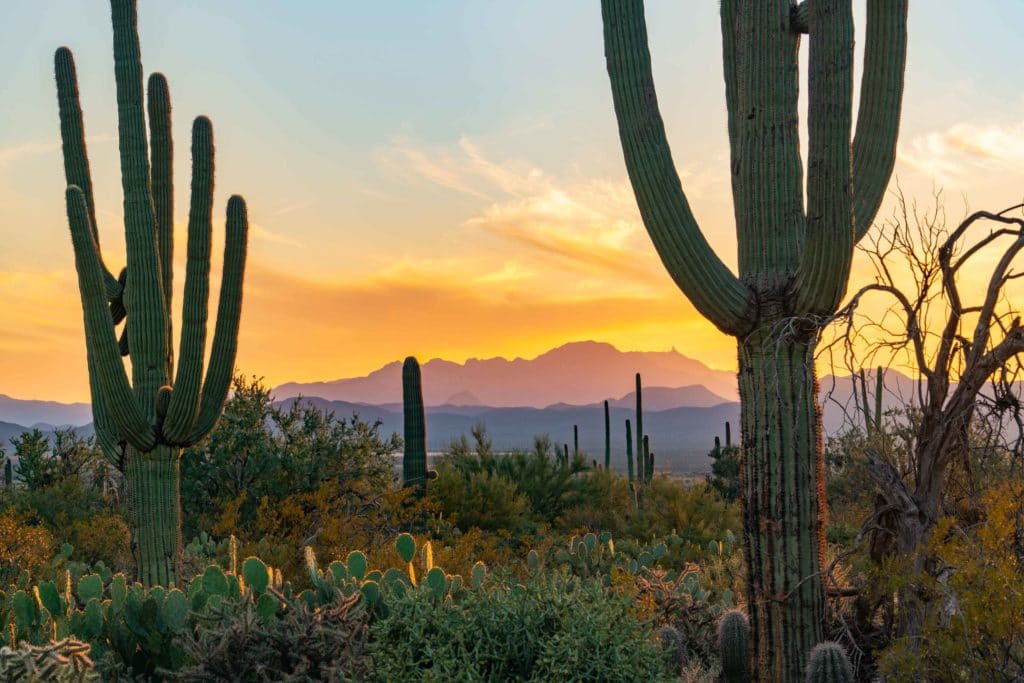
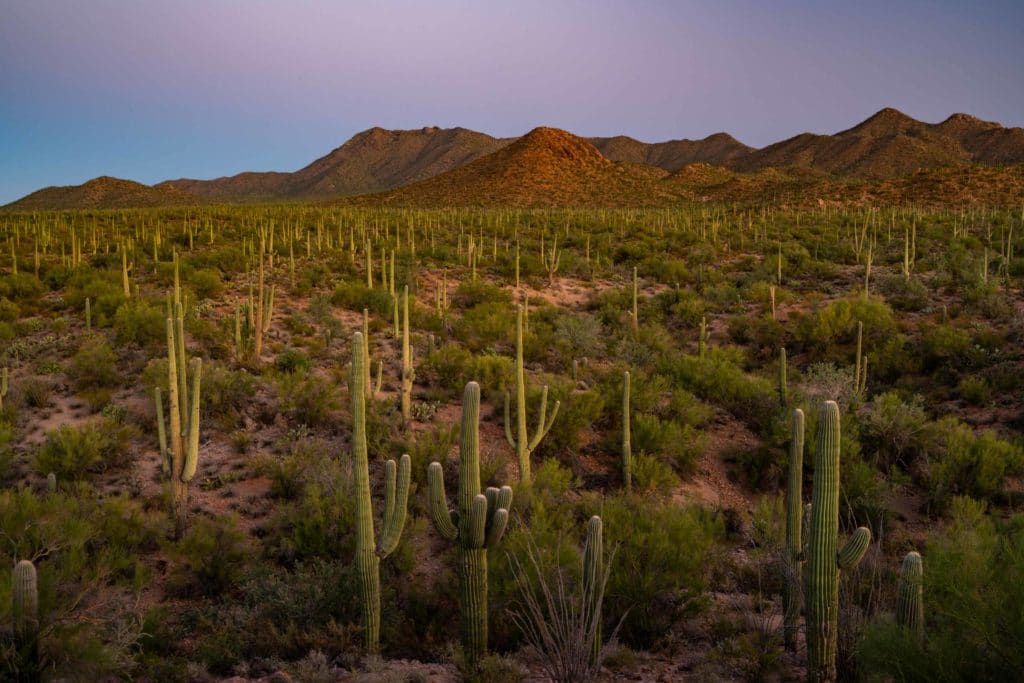
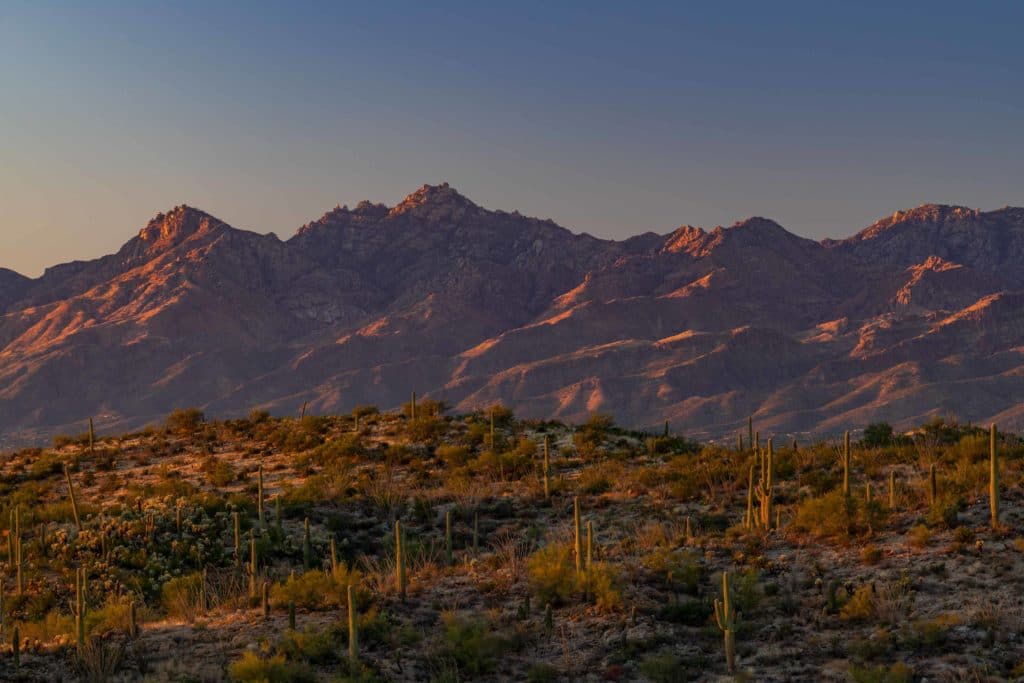
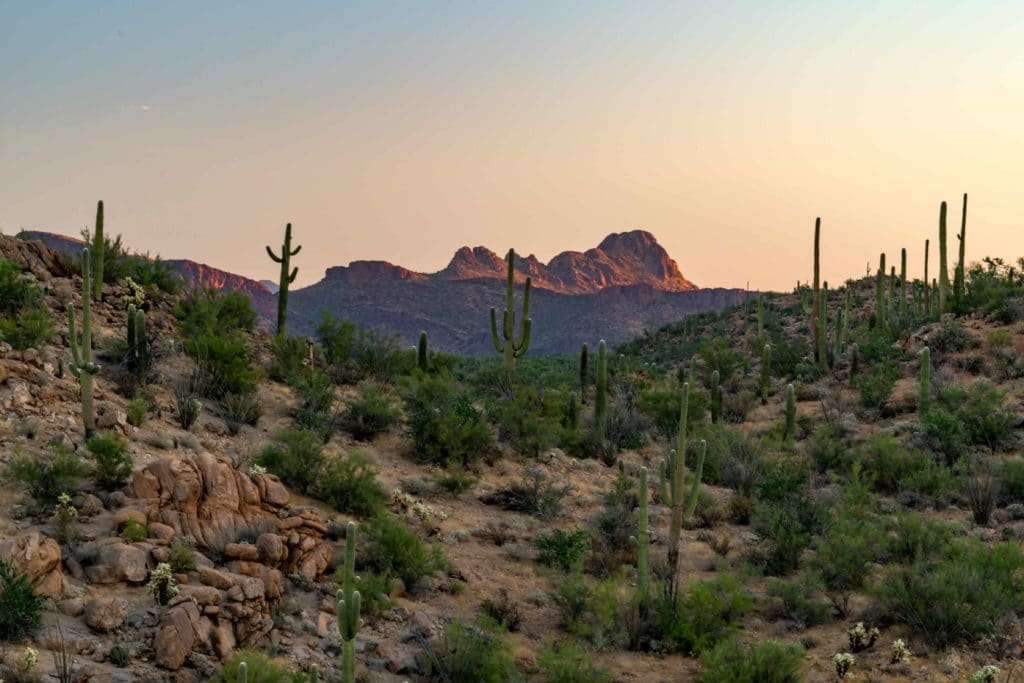

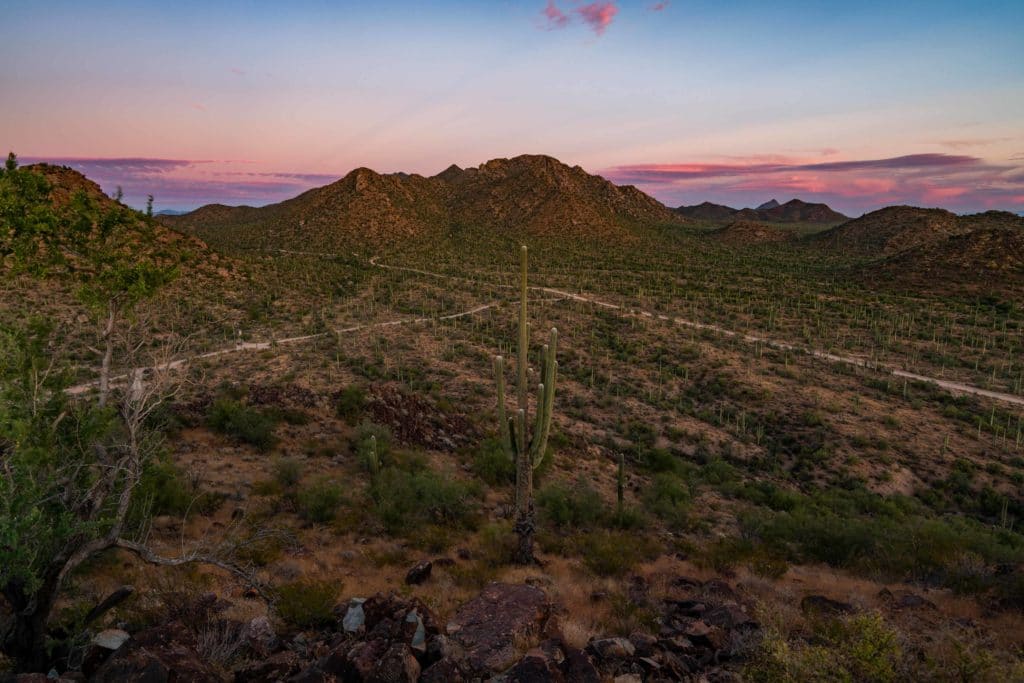

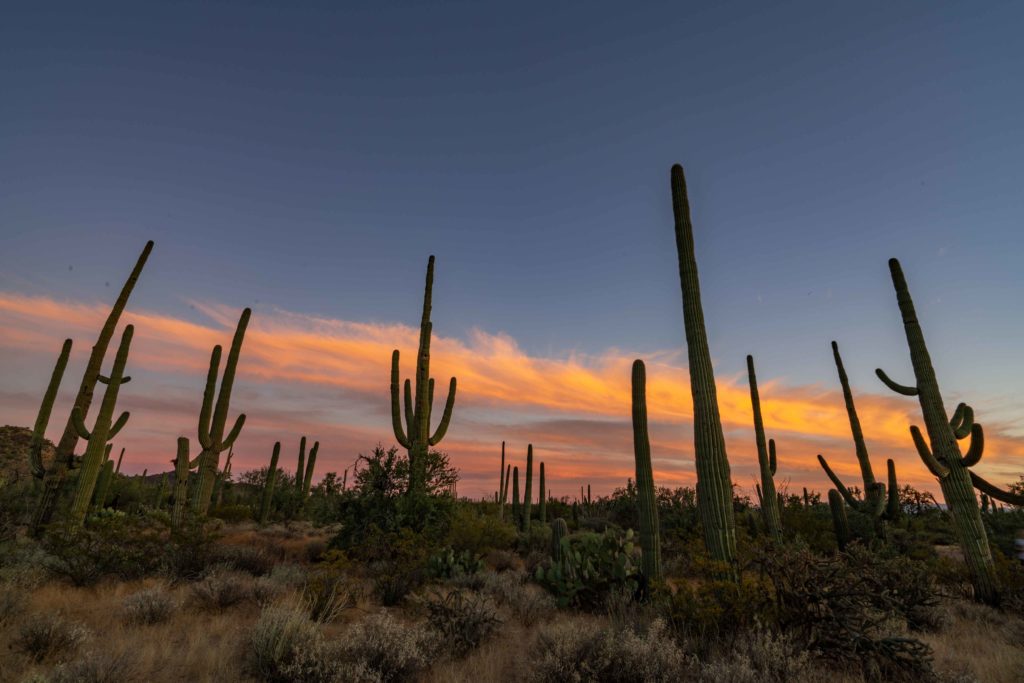
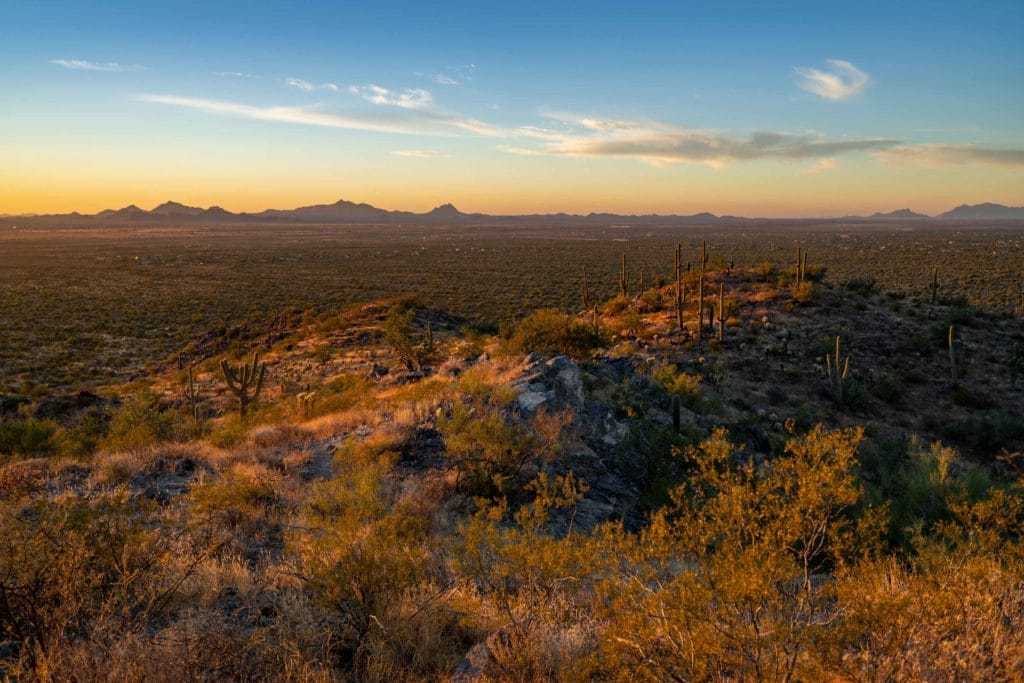
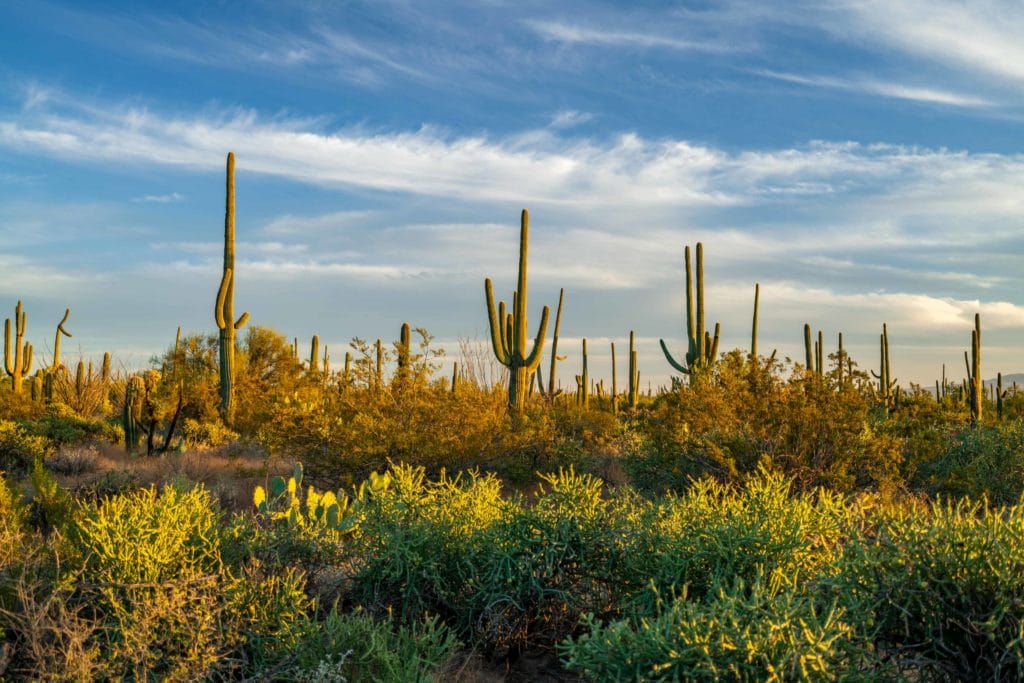
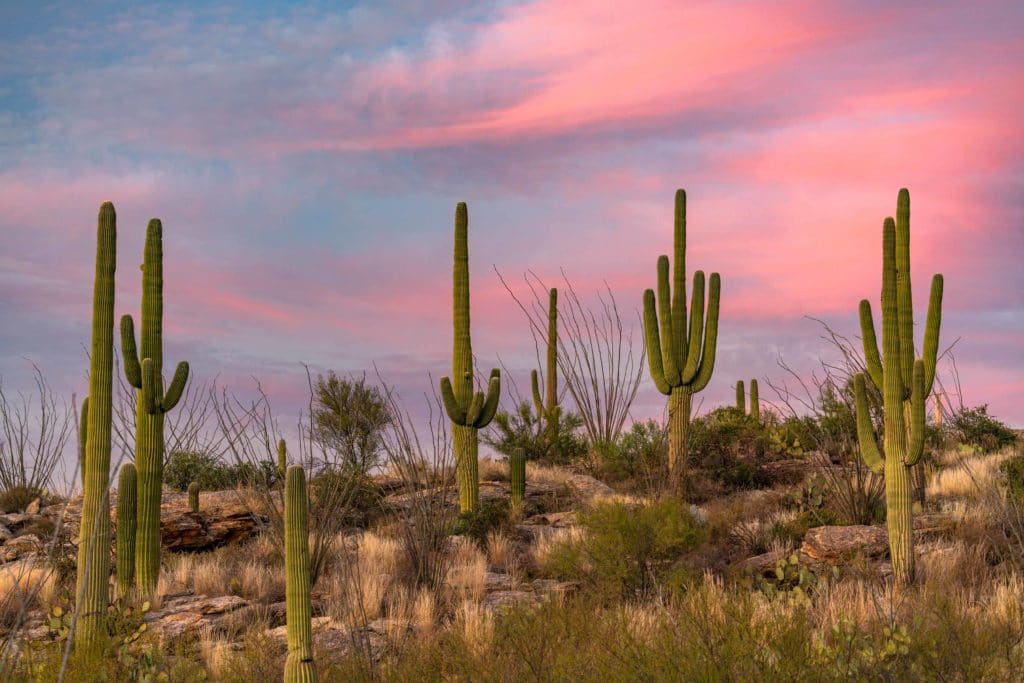


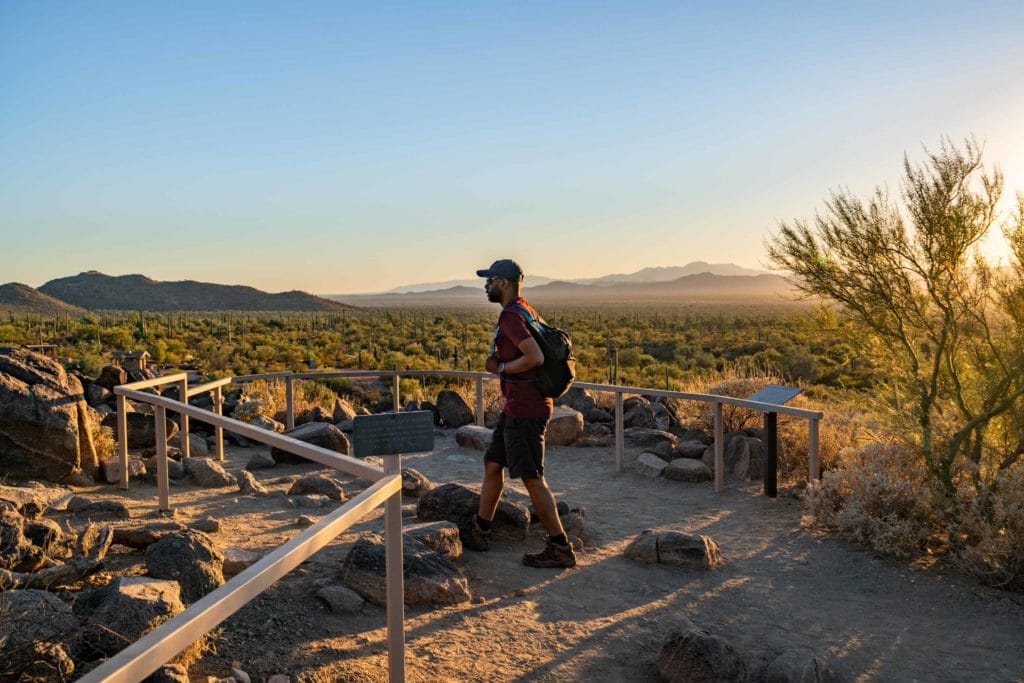
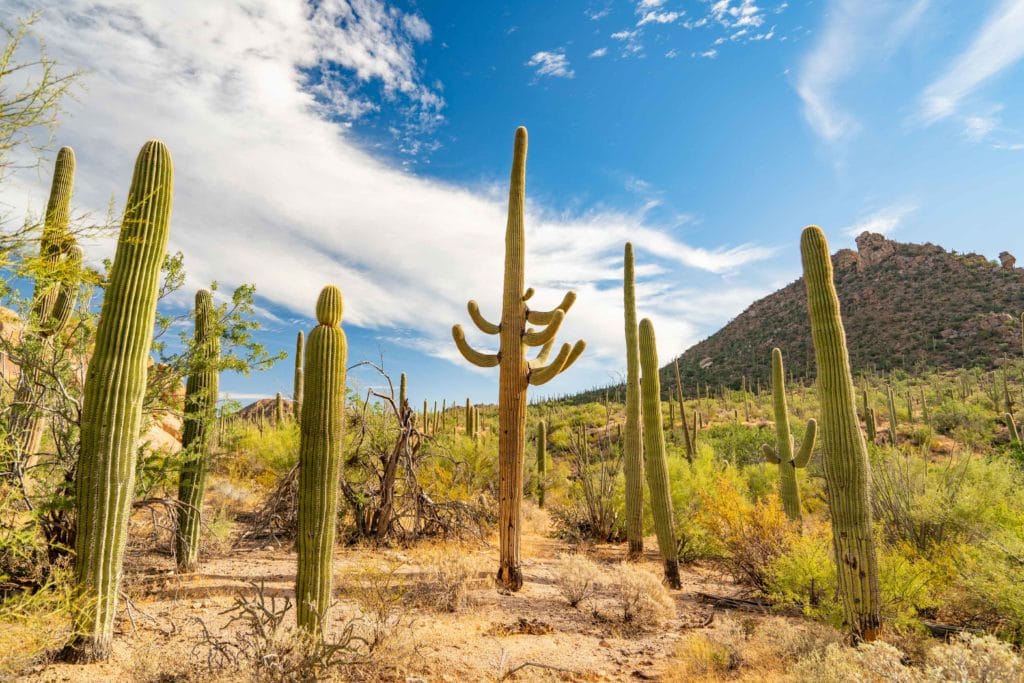
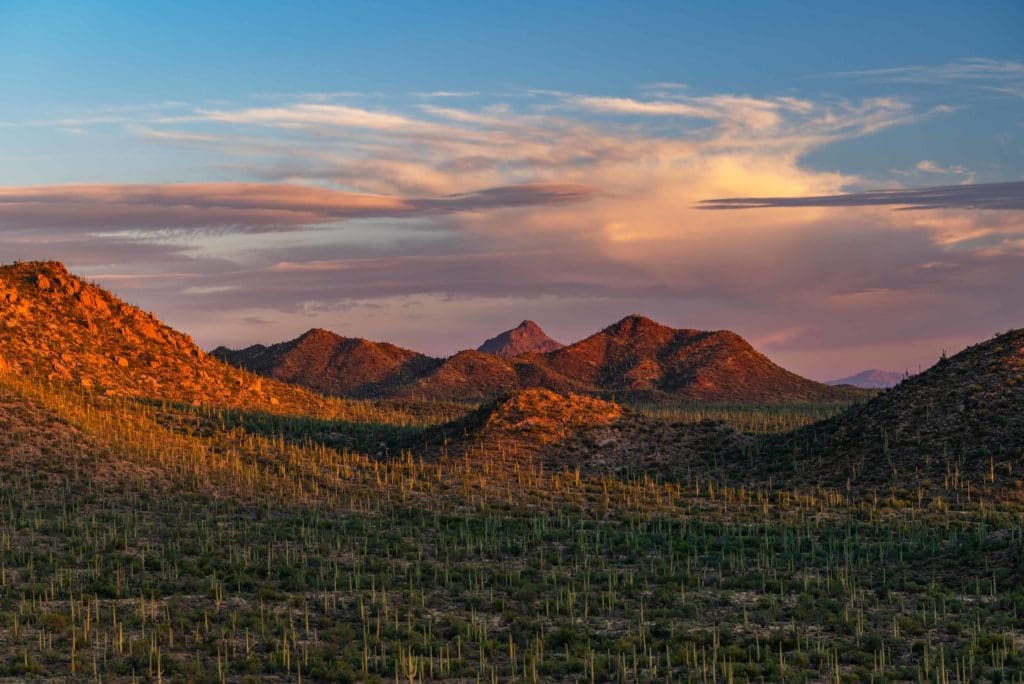
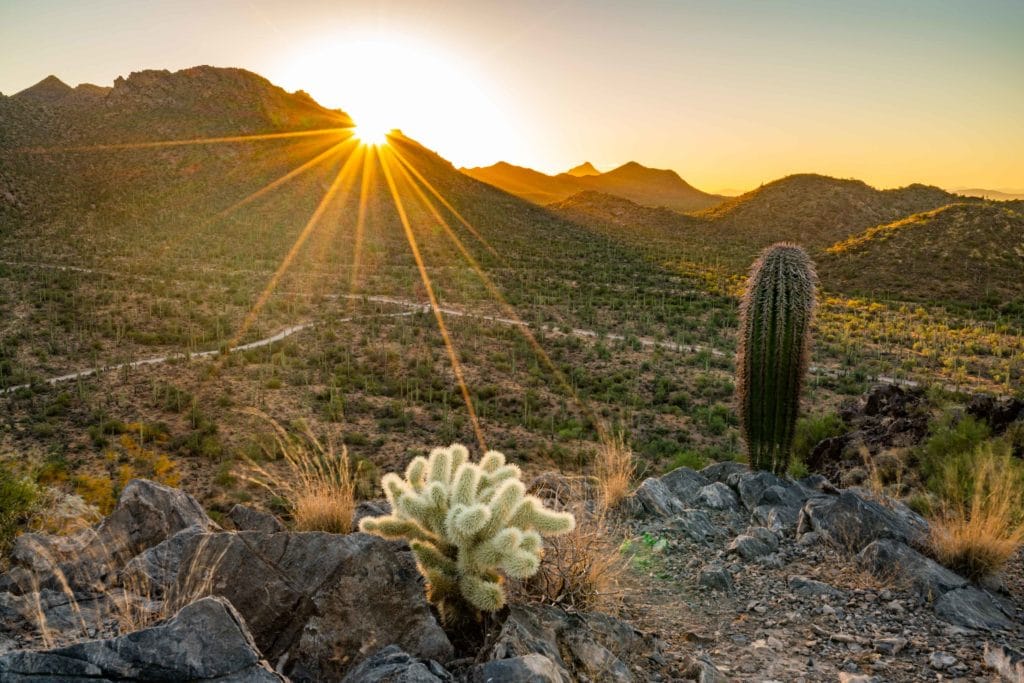
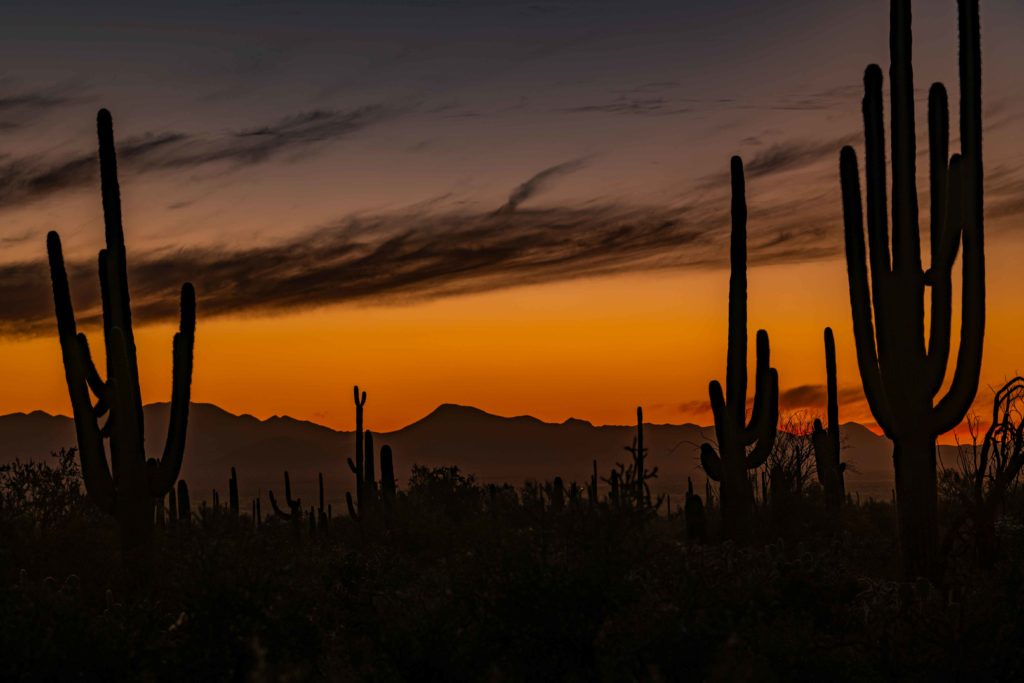
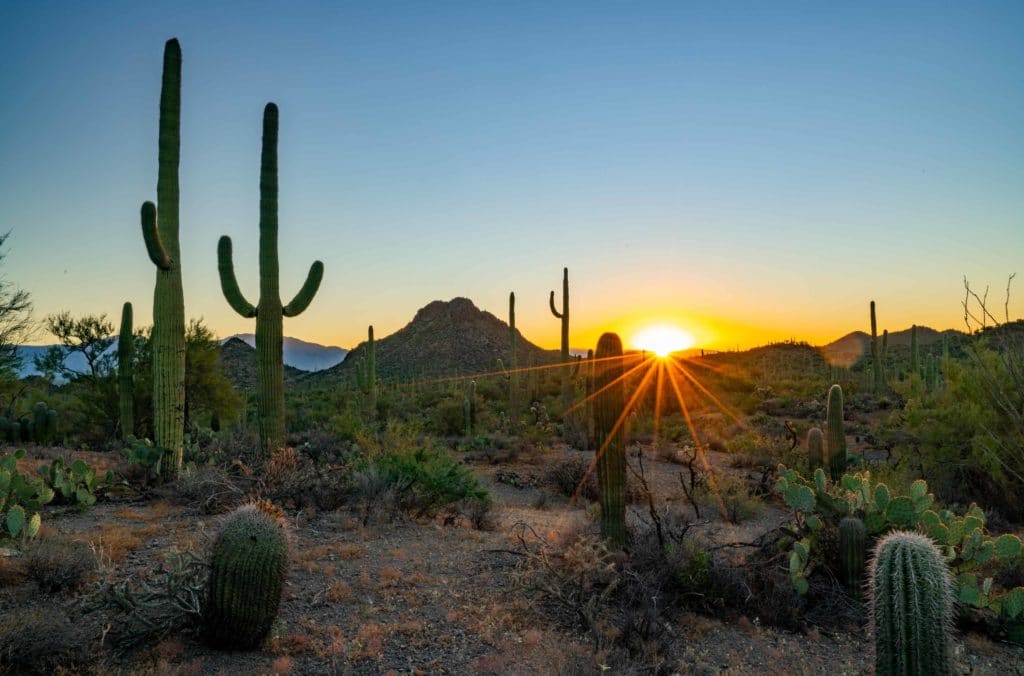

Summary | Leave us a Comment!
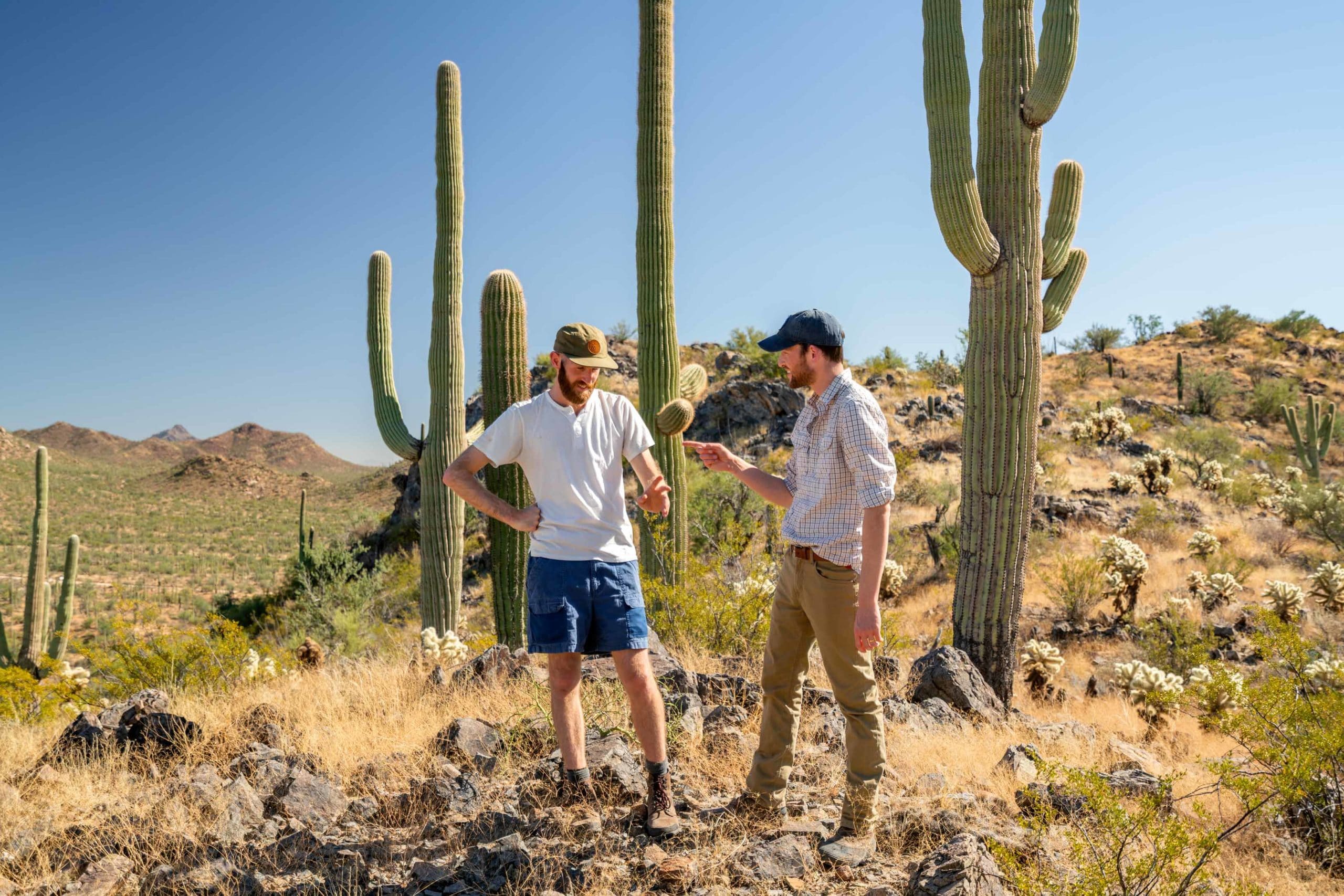
That’s a wrap folks! Hopefully you feel like you’ve got a good handle on your next trip to Saguaro National Park. Please feel free to leave a comment below and let me know if I missed anything or if you thought I did a decent job here.
Hope to see you on the trails!
Here’s Some Related Posts
- A (Very) Helpful Guide to BADLANDS NATIONAL PARK
- 20 (INCREDIBLE) Things to Do in Badlands National Park
- These 4 Colorado National Parks Will Blow Your Mind
- EPIC Guide to All of Alaska’s National Parks
- ALL 63 National Parks Ranked from Best to Worst 2021
- 10 Best National Parks Road Trips in America
- Washington’s National Parks are the Best in the World – Complete Guide
Latest Posts from More Than Just Parks
- 25 AMAZING Things to Do in Capitol Reef National Park (+ Video)As one of Utah’s most beautiful & least visited parks, there are a host of incredible things to do at Capitol Reef National Park.
- COMPLETE National Parks List 2024 (Printable MAP + By State)A list of all 63 national parks by state in alphabetical order, a free printable national park map, national parks checklist, & more.
- 25 AMAZING Things to Do in Death Valley National Park (+ Photos)Death Valley is a truly otherworldly place with insane vistas, extreme weather, breathtaking beauty, and all sorts of amazing things to do.
- 8 EPIC Kansas National Parks (in Photos + Helpful Tips) 2023Historic forts, historic explorers, beautiful prairies, the fastest mail service in the Old West, and so much more await you in Kansas!
- 10 AMAZING Facts About Carlsbad Caverns National ParkWe’ve compiled some fascinating Carlsbad Caverns National Park Facts that will enhance the way you interact with this special place!
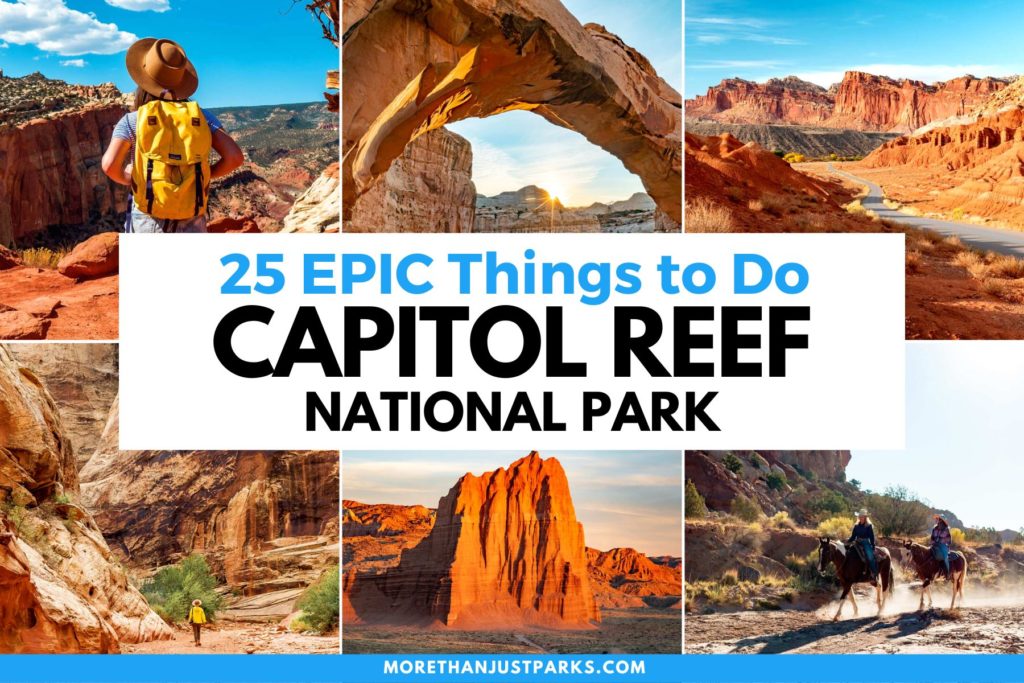
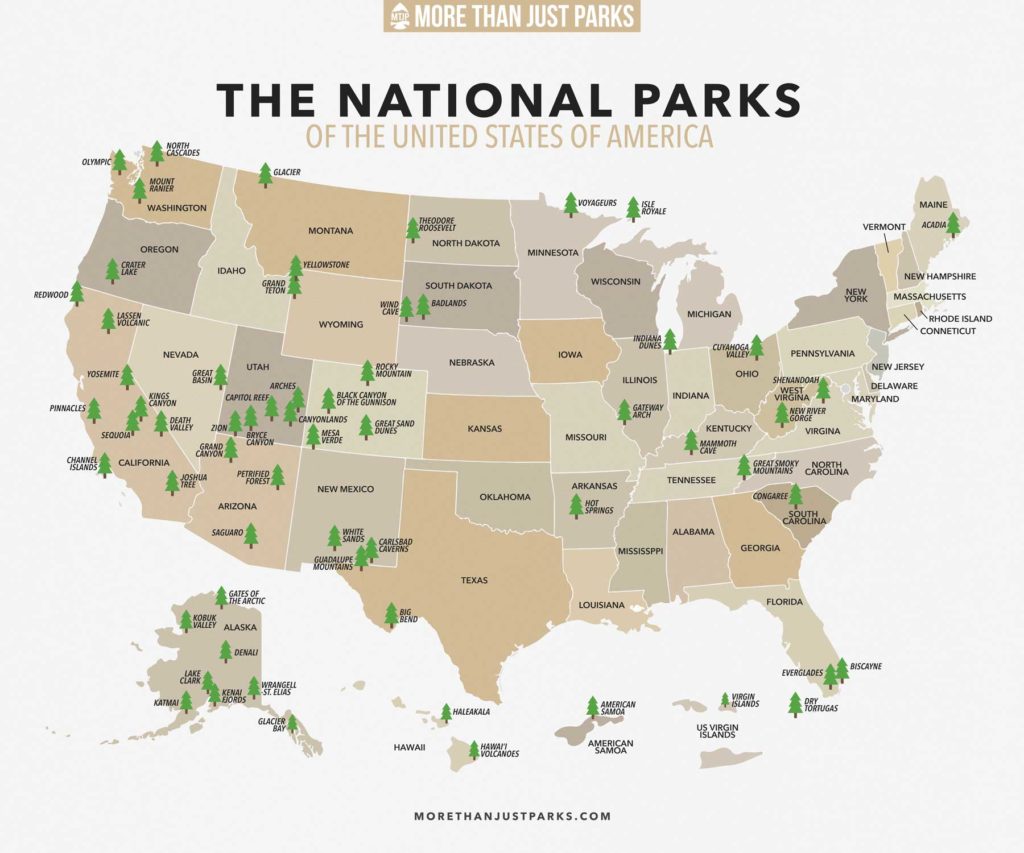
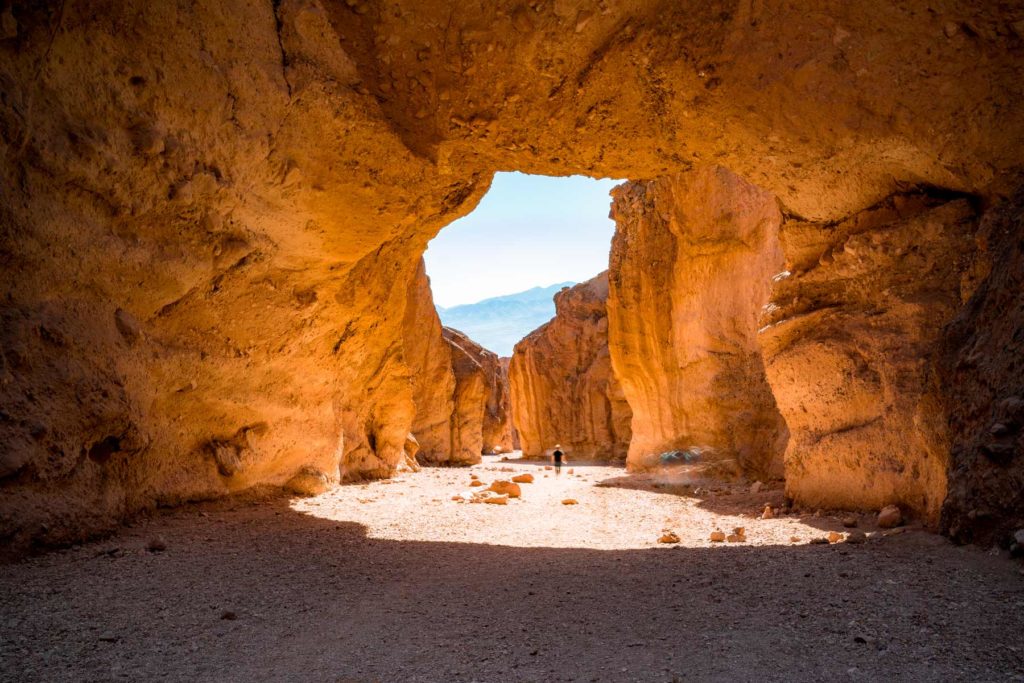
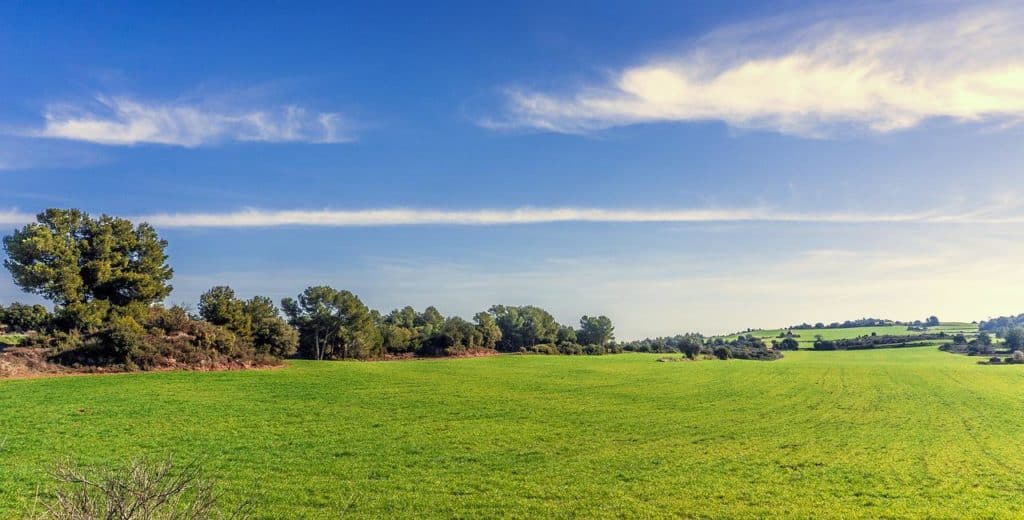
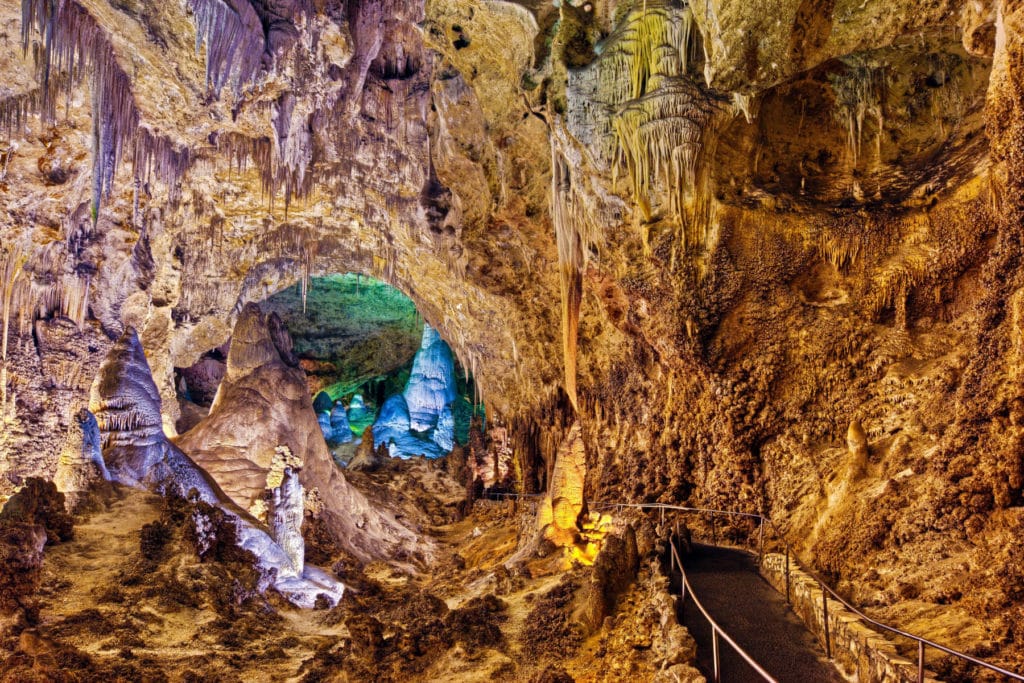
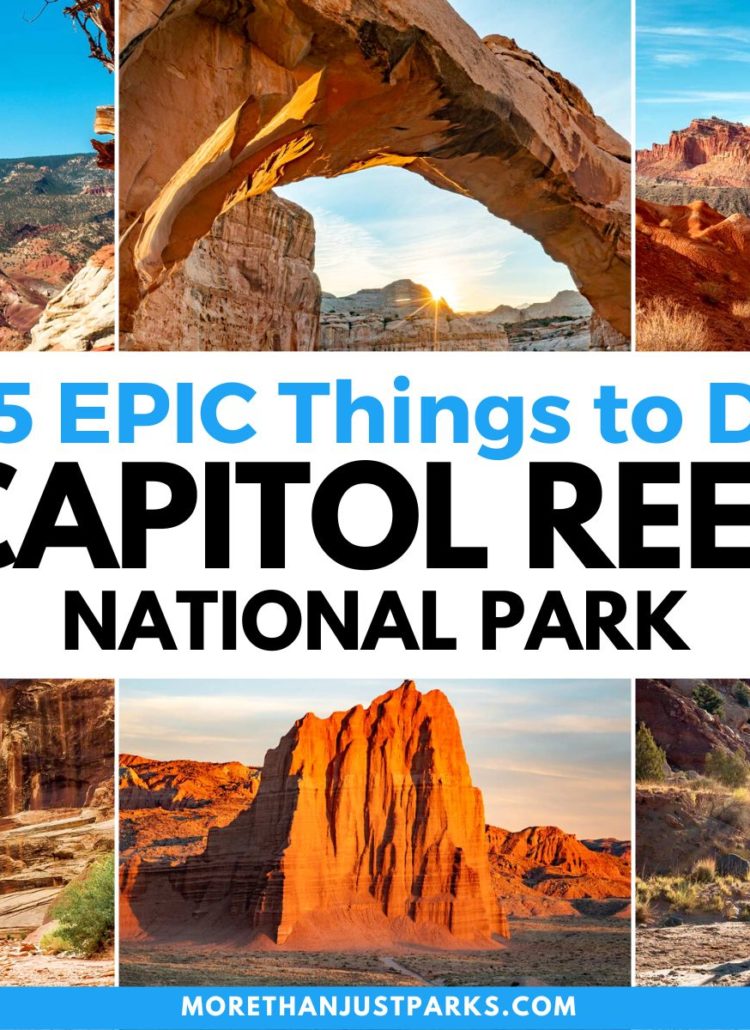

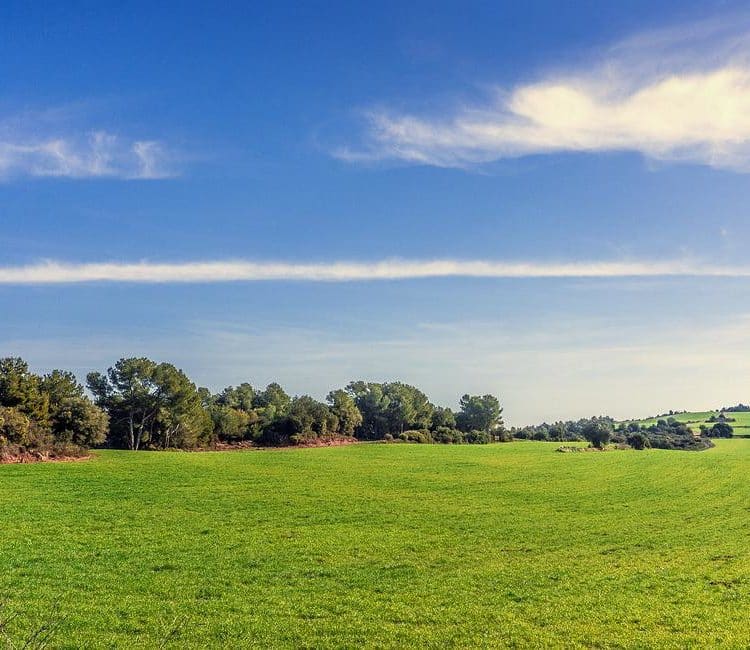


I’m disappointed there are no pictures of the dead Saguaro cactus as I think they are the most beautiful and artistic of the cacti.
Thanks for taking the time to read the article and comment, Jane!
I agree the dead saguaros are very beautiful and artistic. We’ll have to dig through our photos and see if we can’t add some to this post 🙂
Best,
Will
This is great info. Do you have any info on hiring a private hiking guide for a few hours on the trails?
Hey Zoie! Thanks for your comment! I would call the park to inquire about ranger programs and if there are any recommended vendors for private guided hikes. You could also contact Friends of Saguaro (friendsofsaguaro.org) and see if they offer any guided hikes.